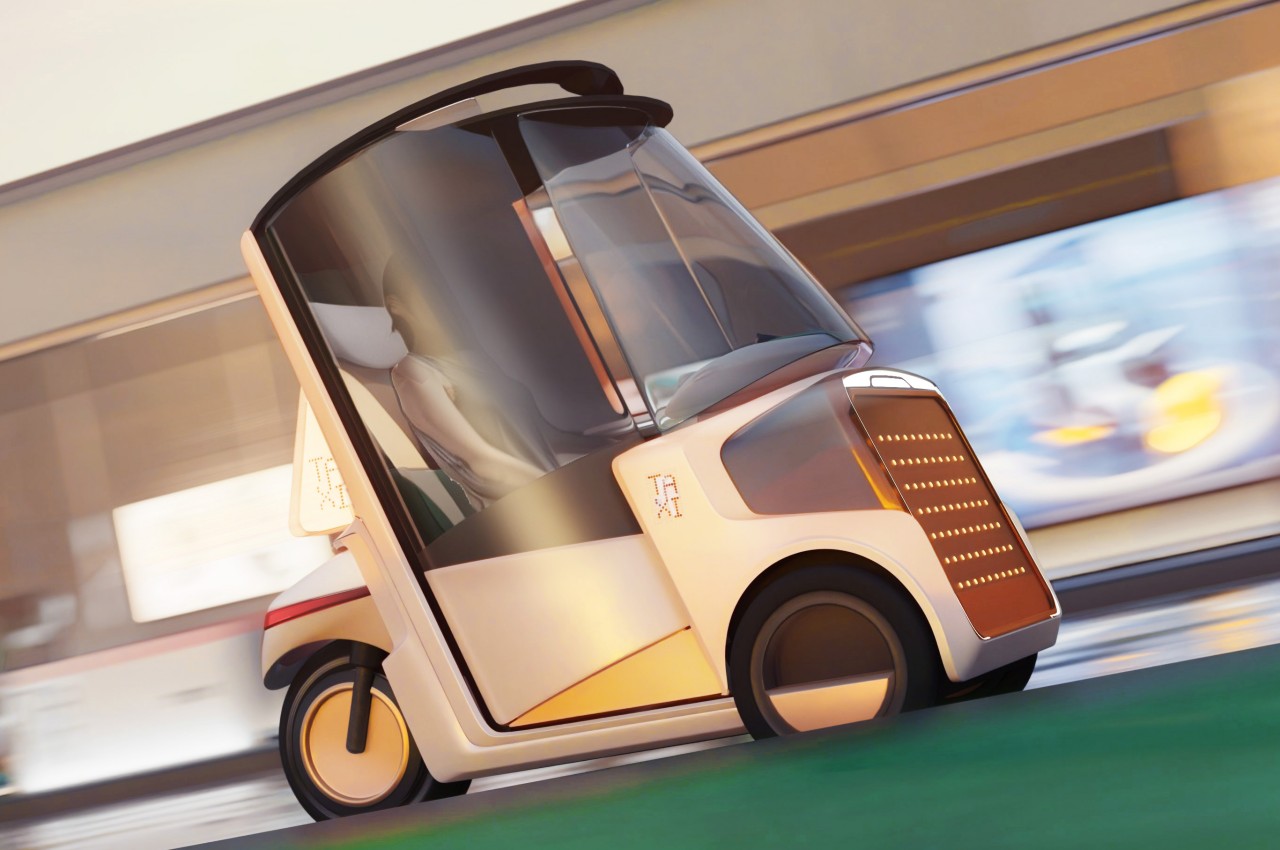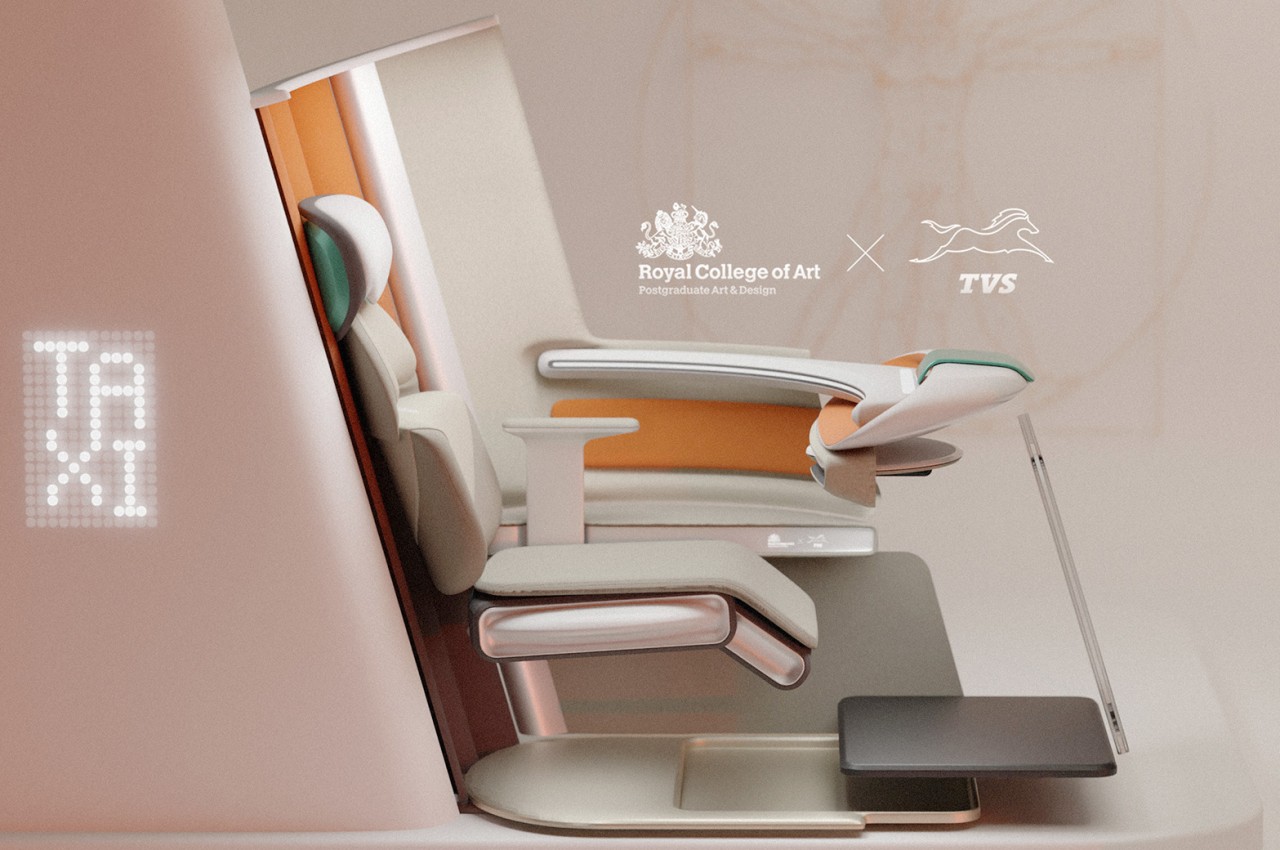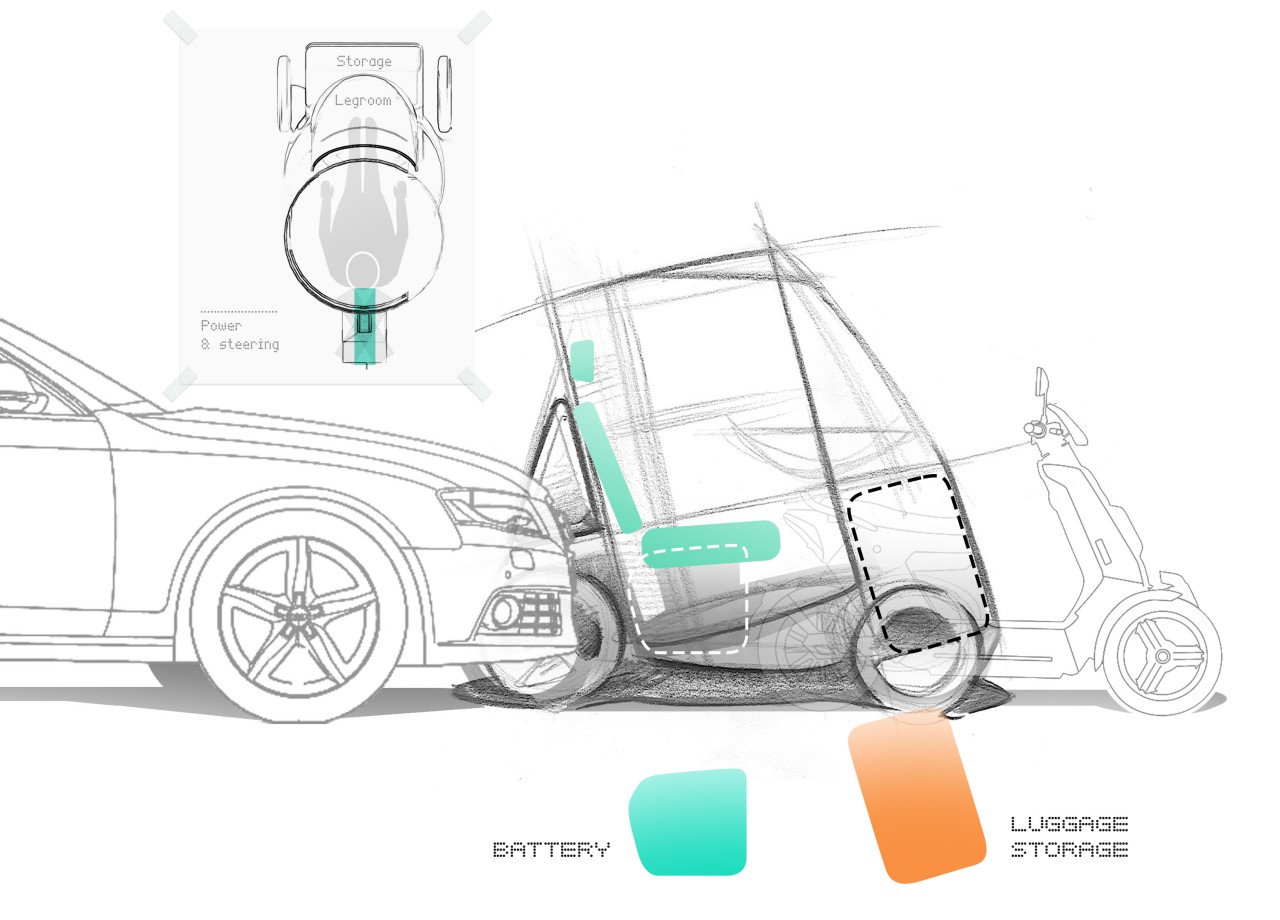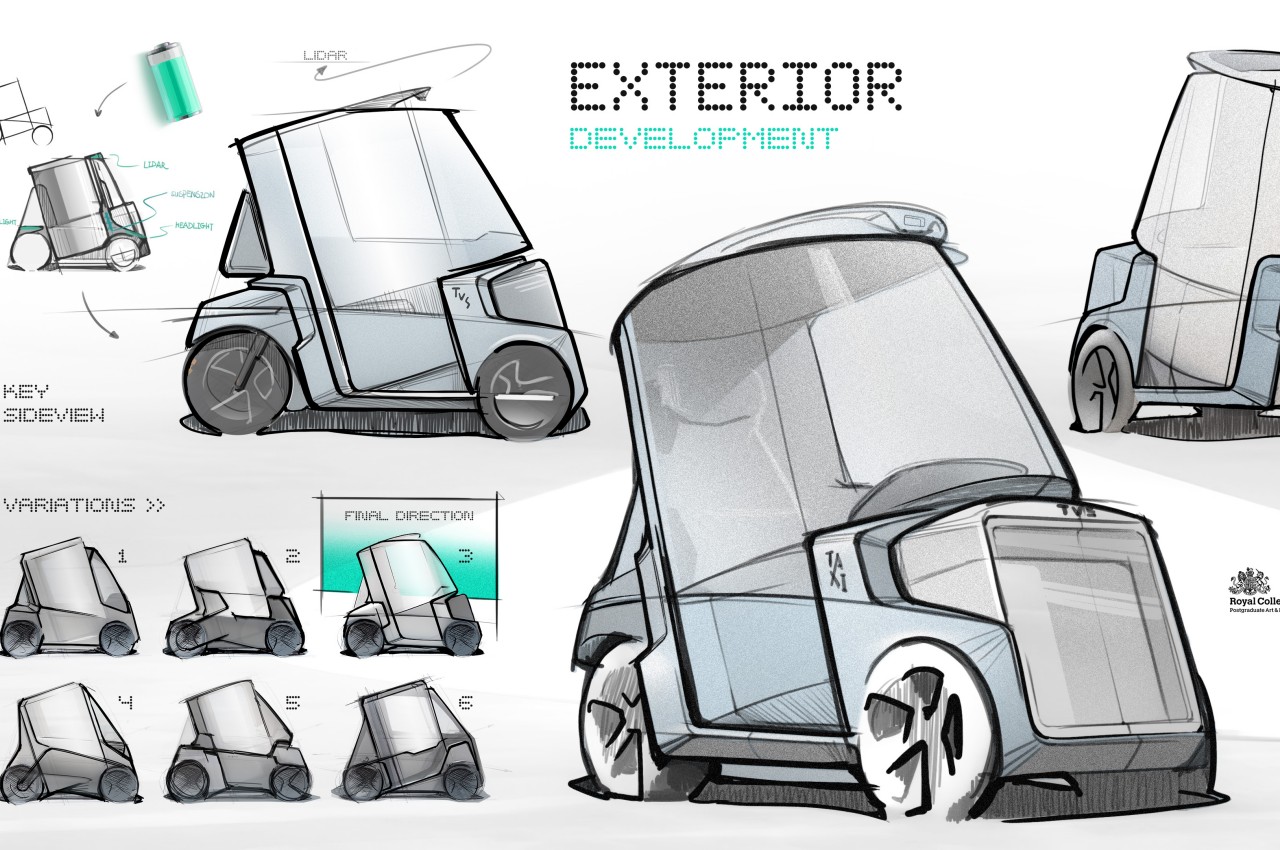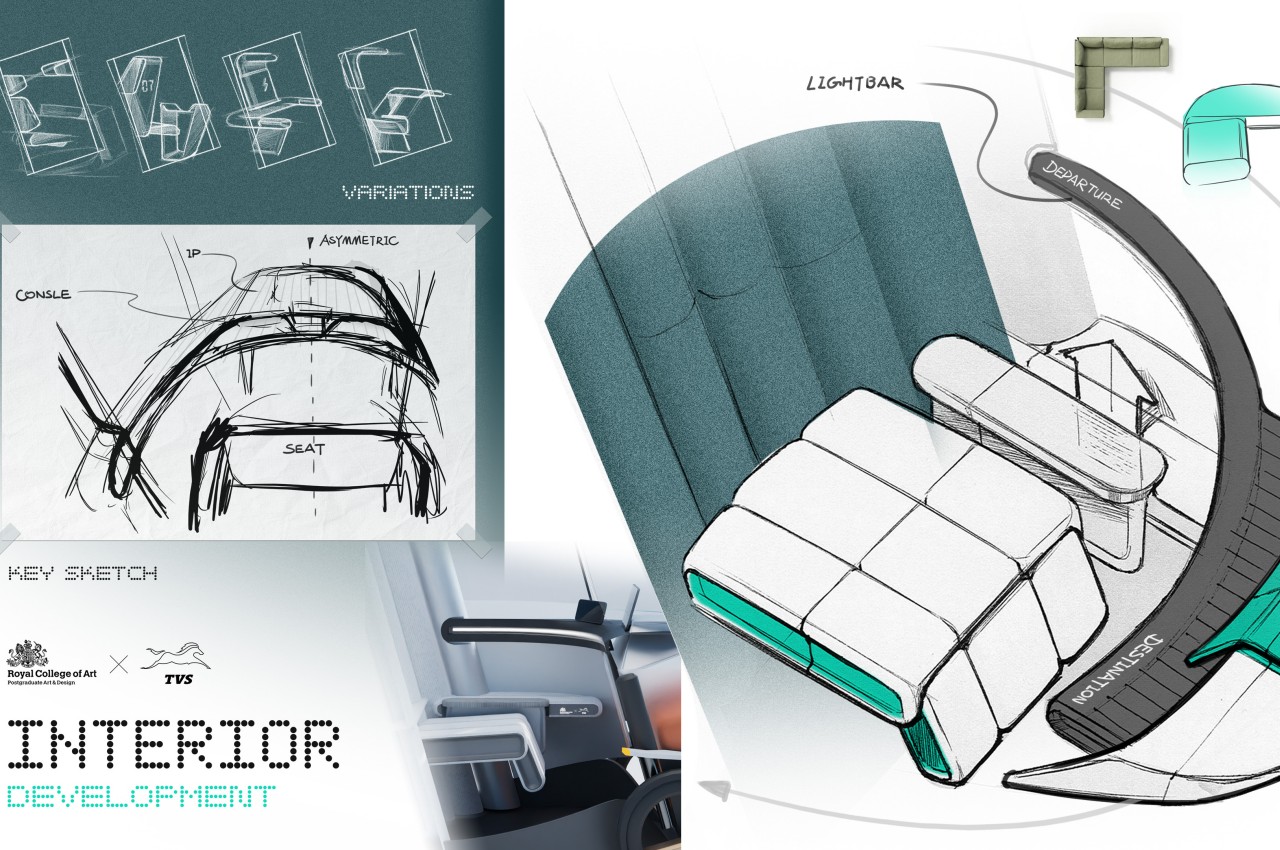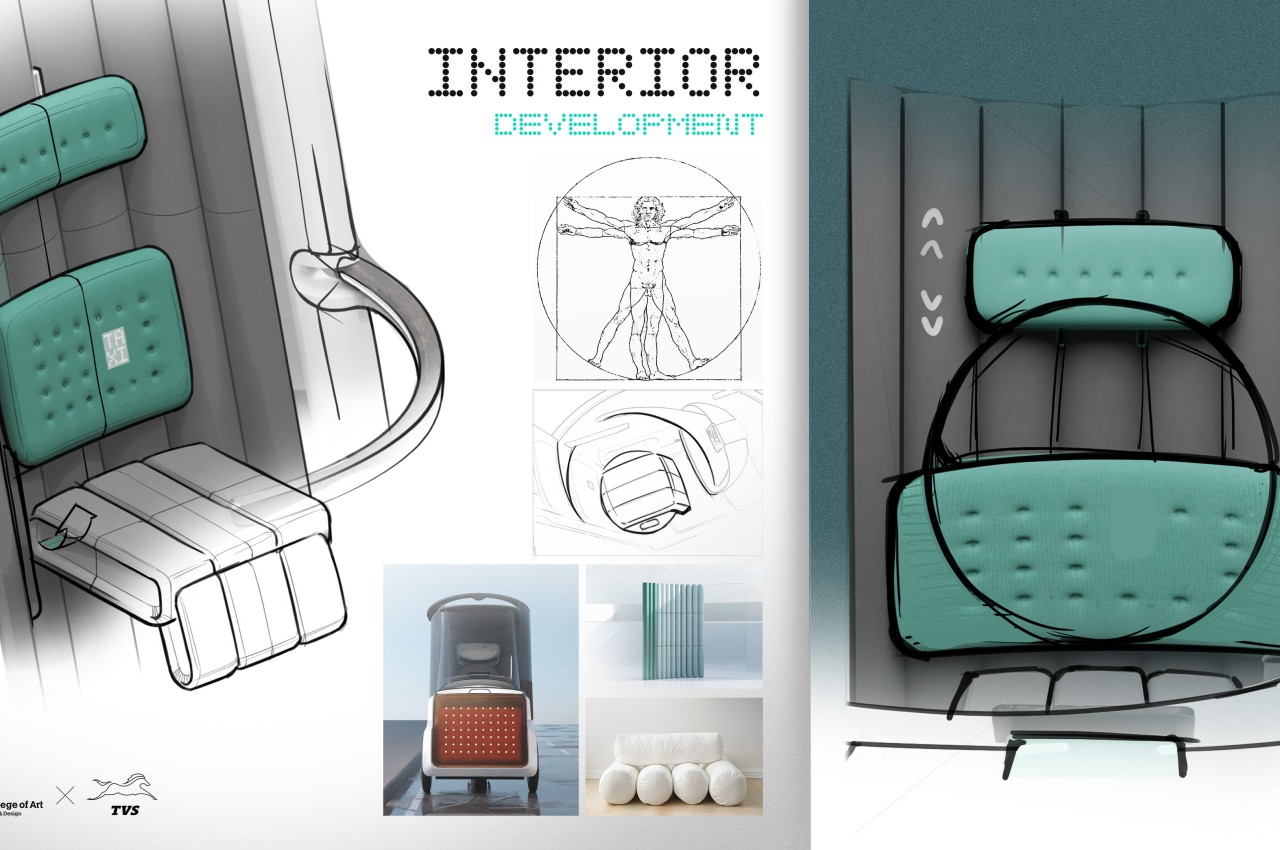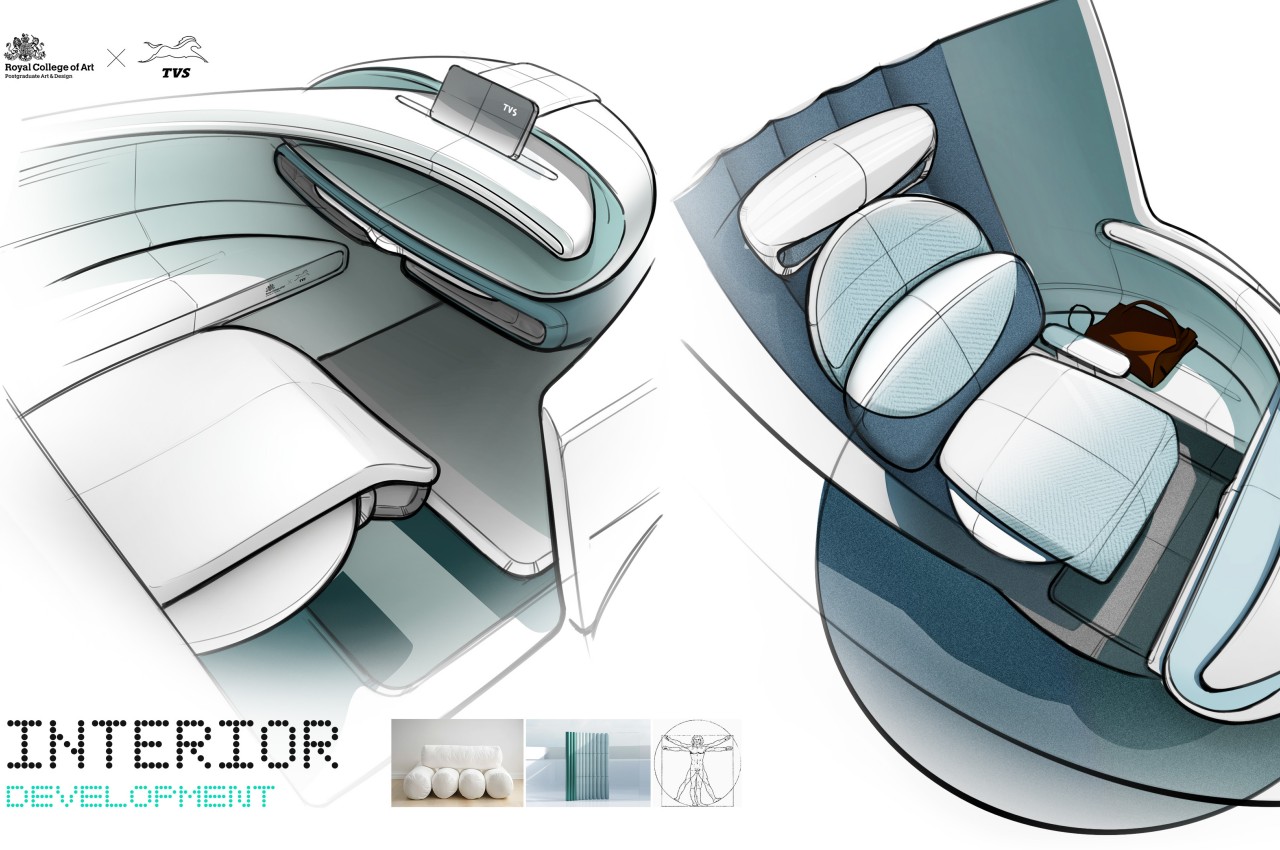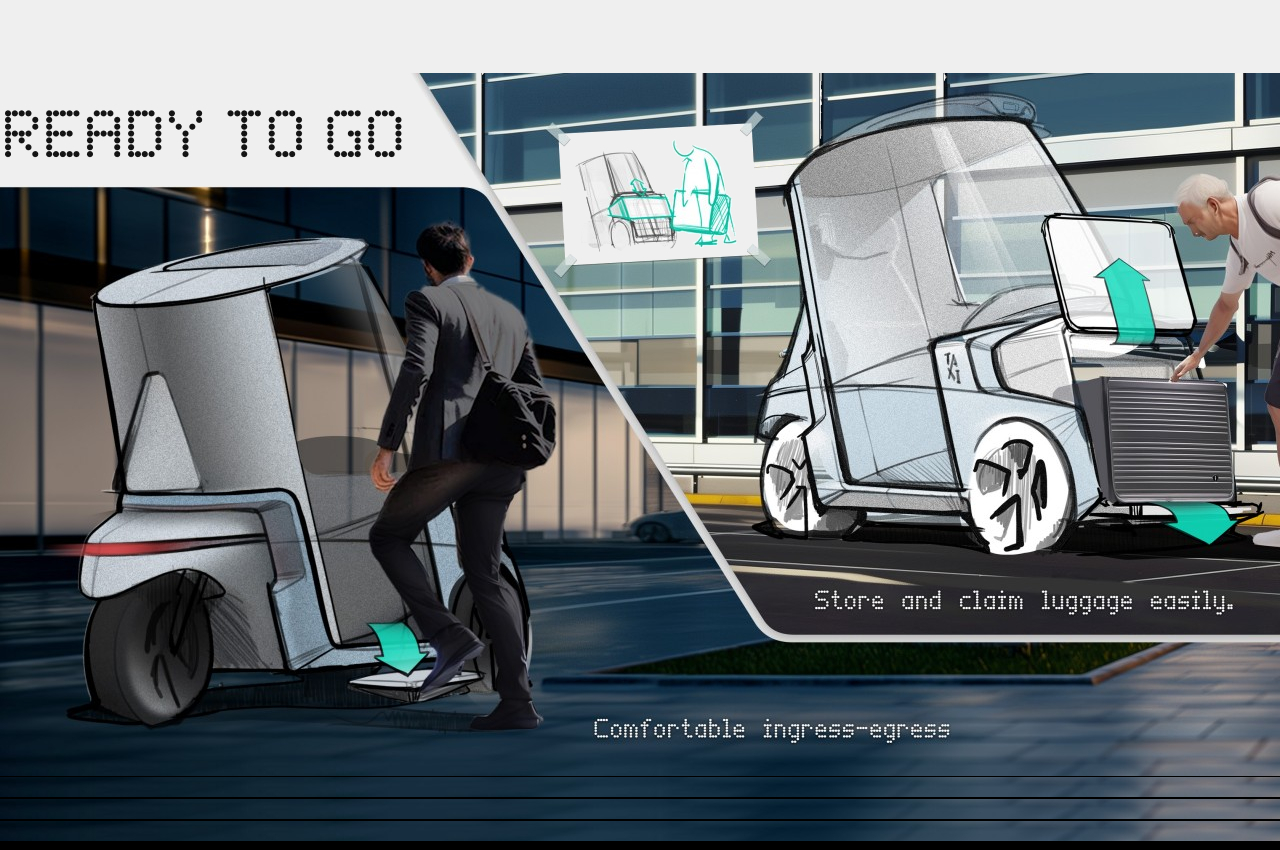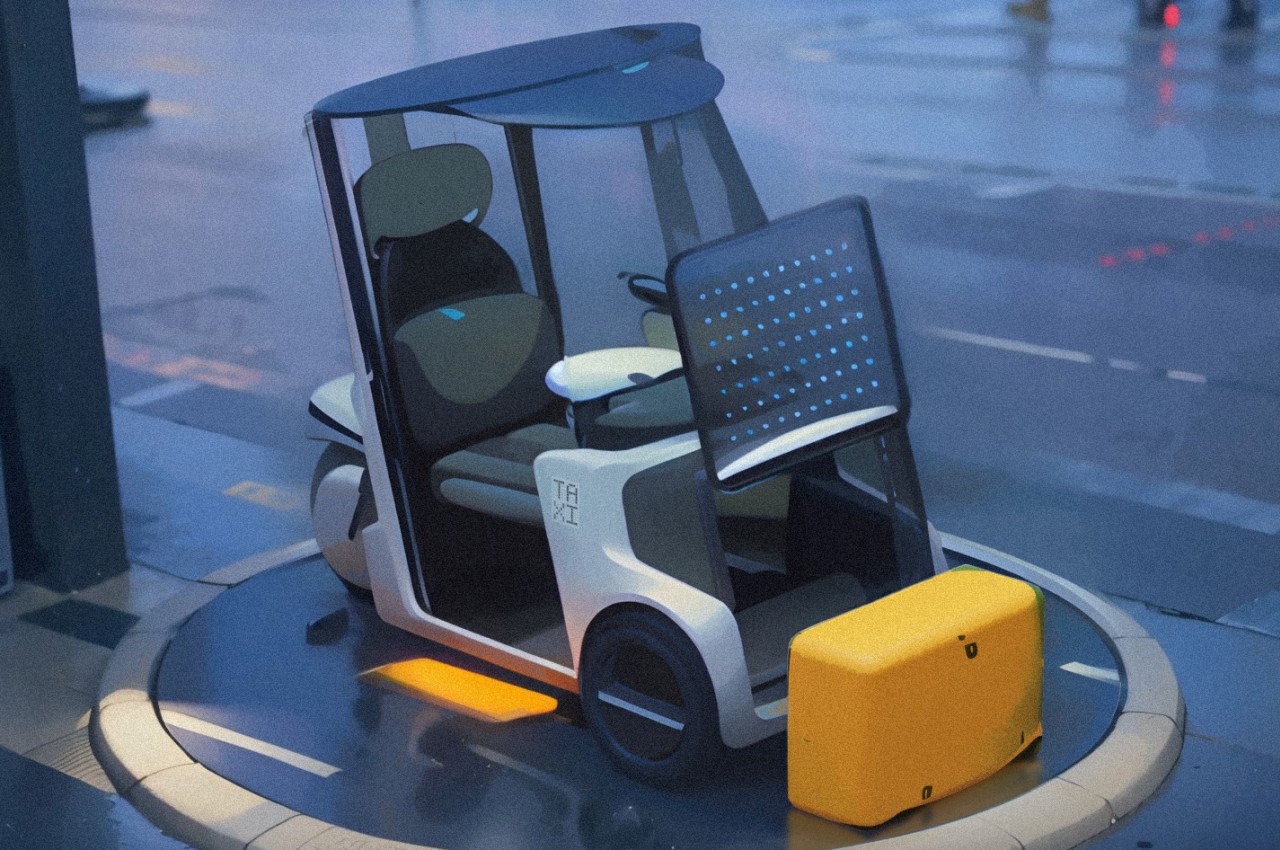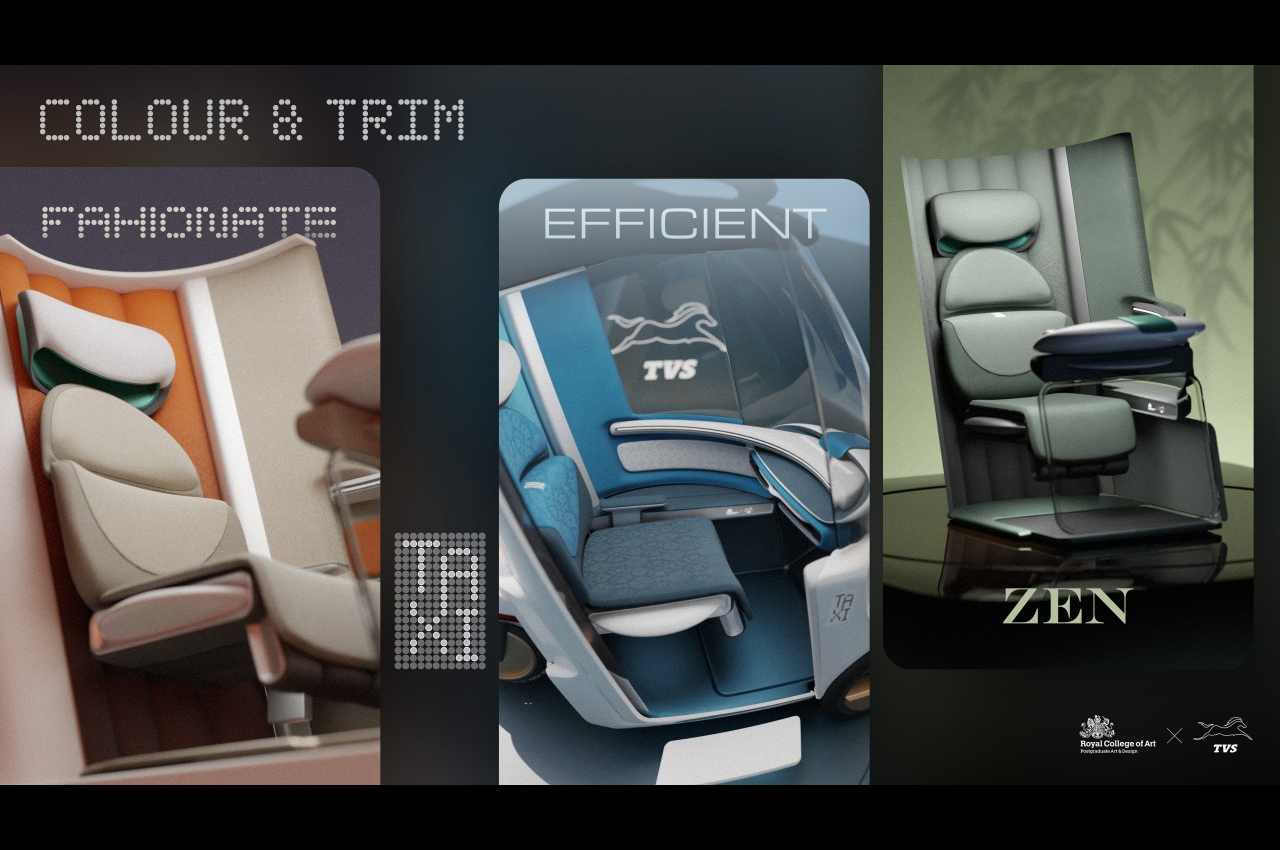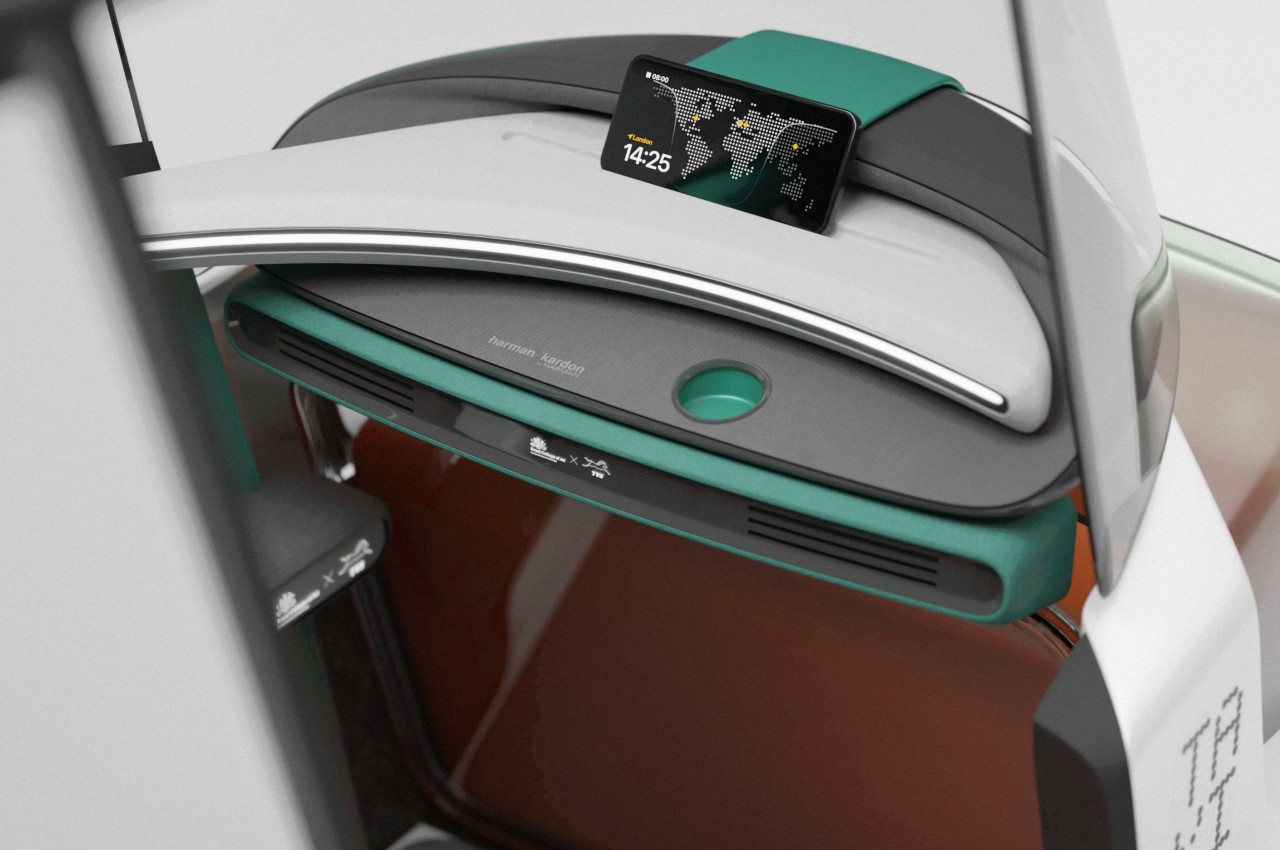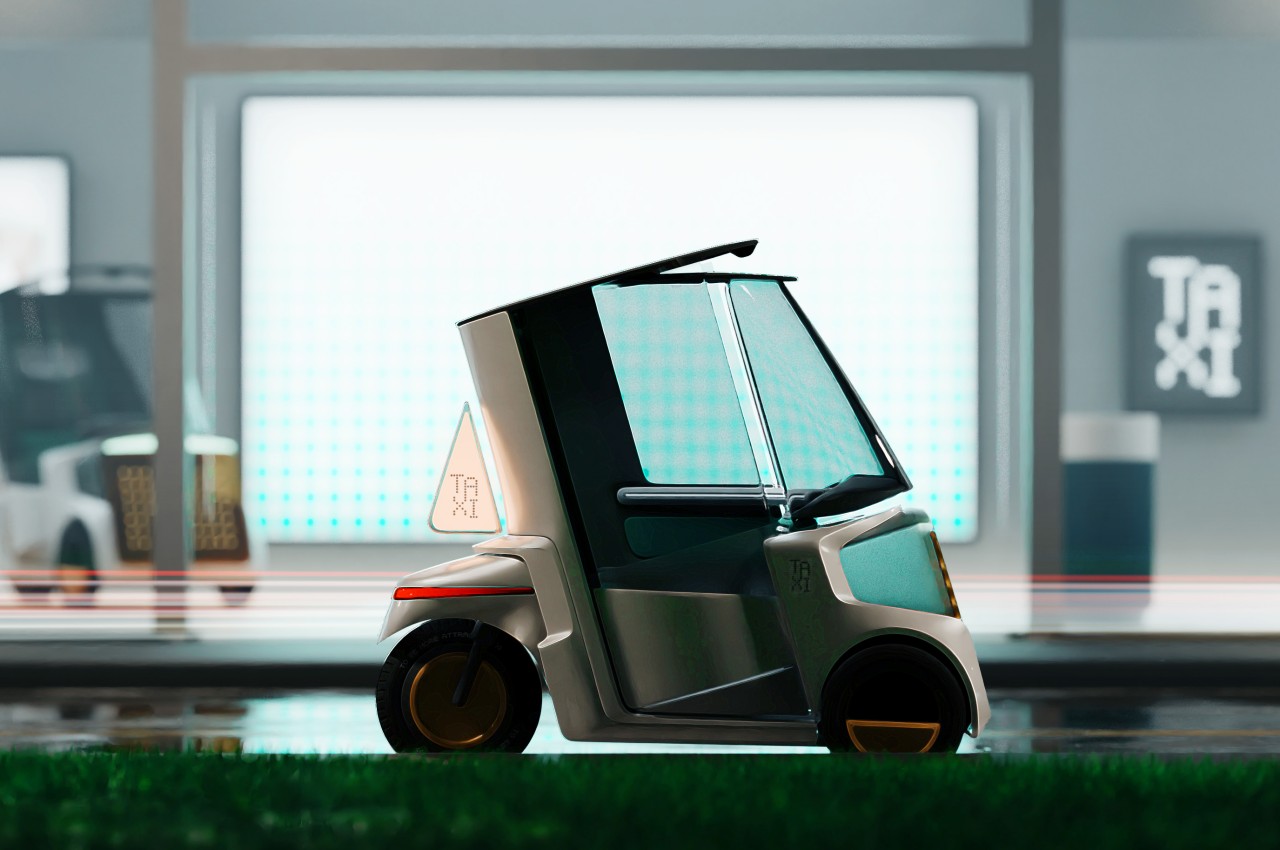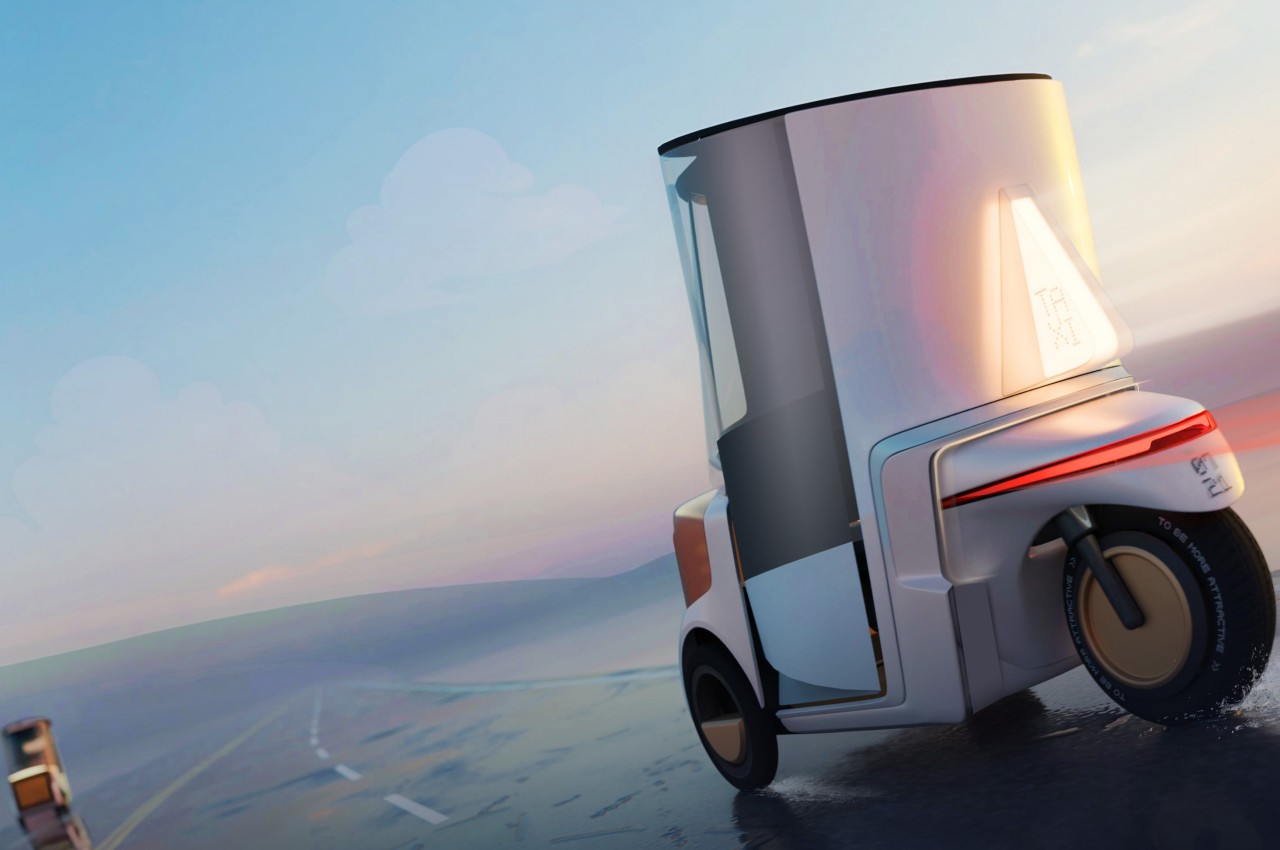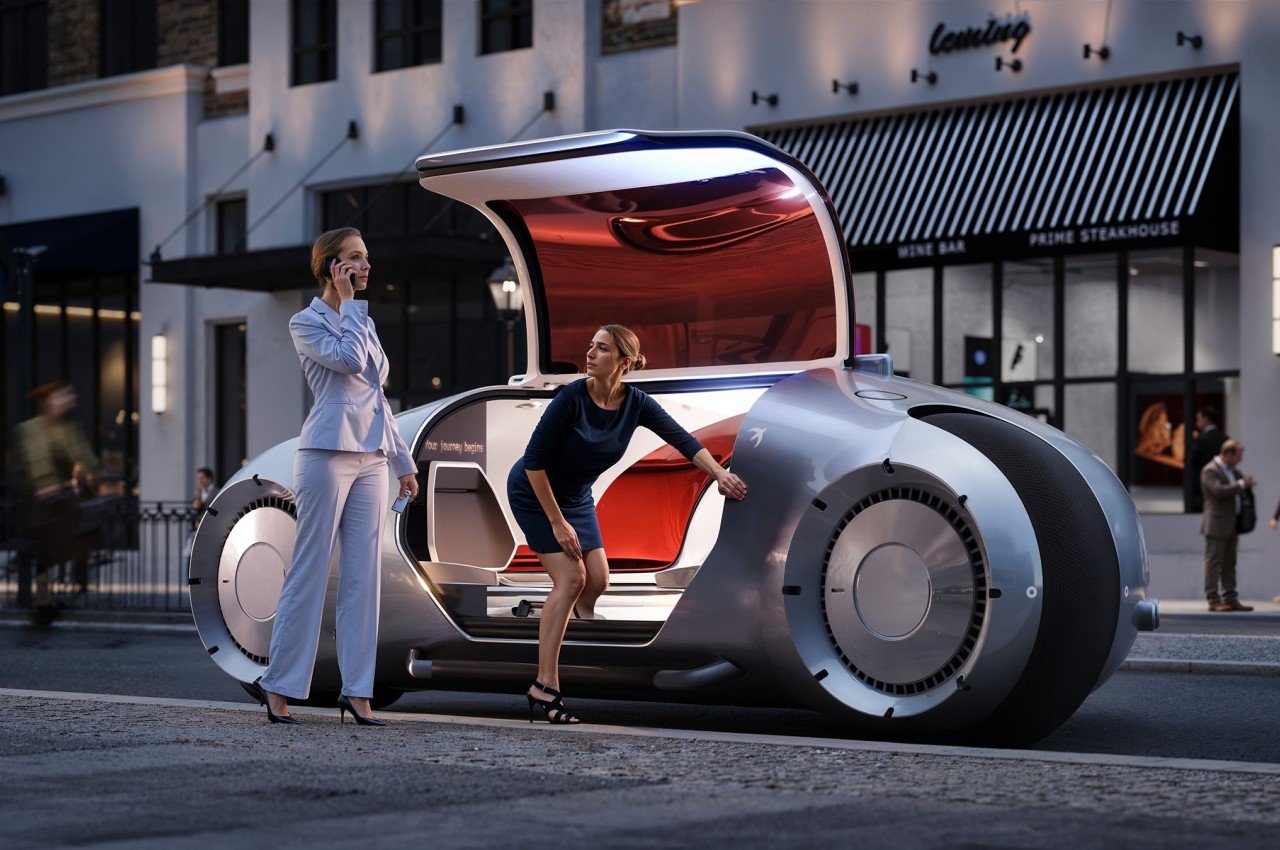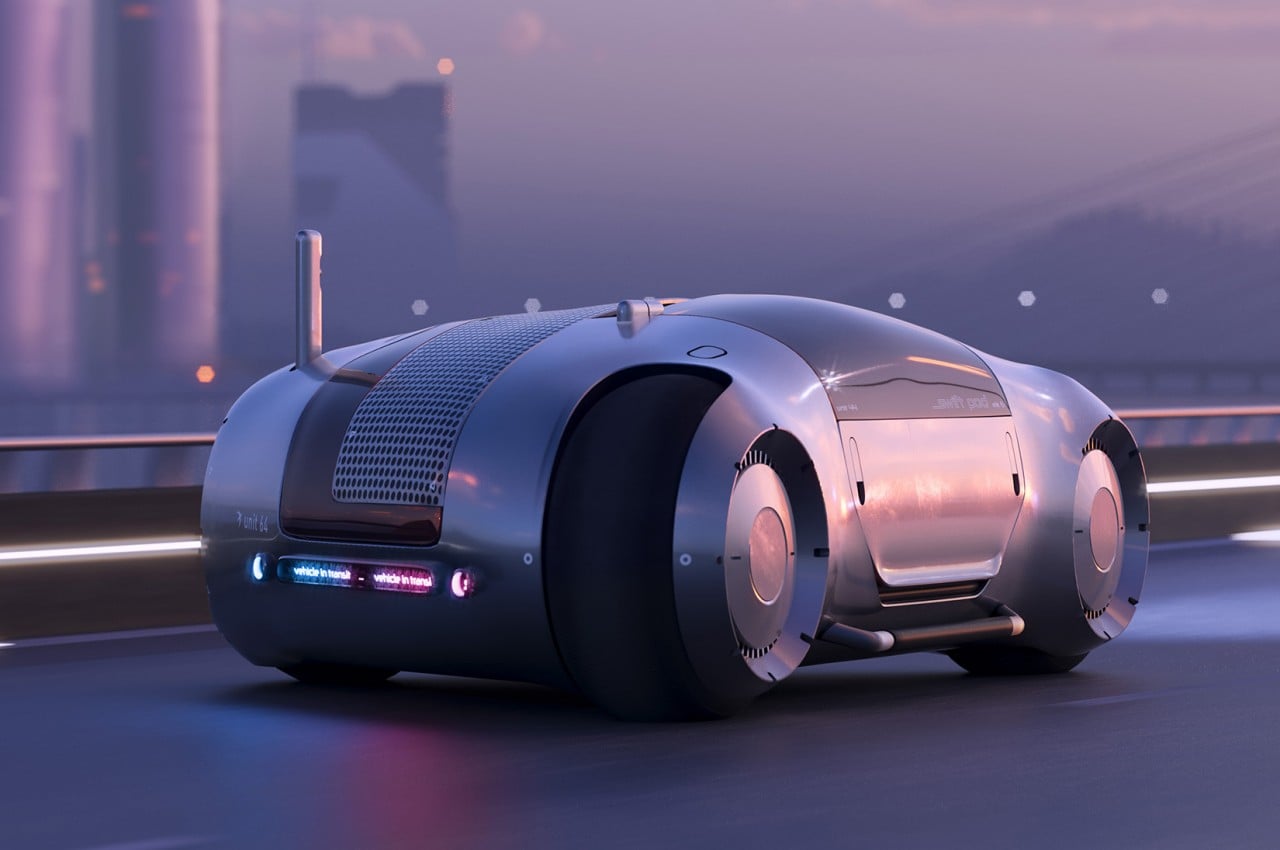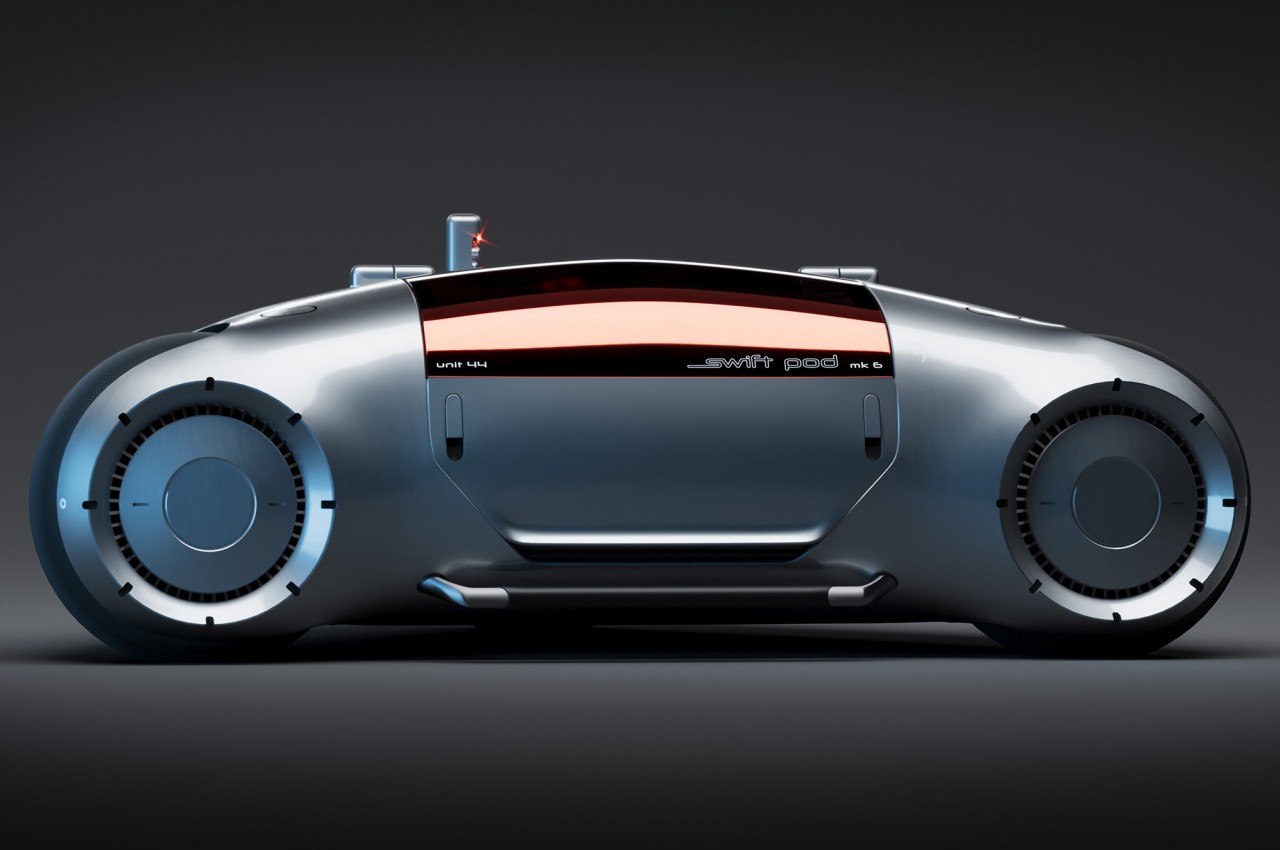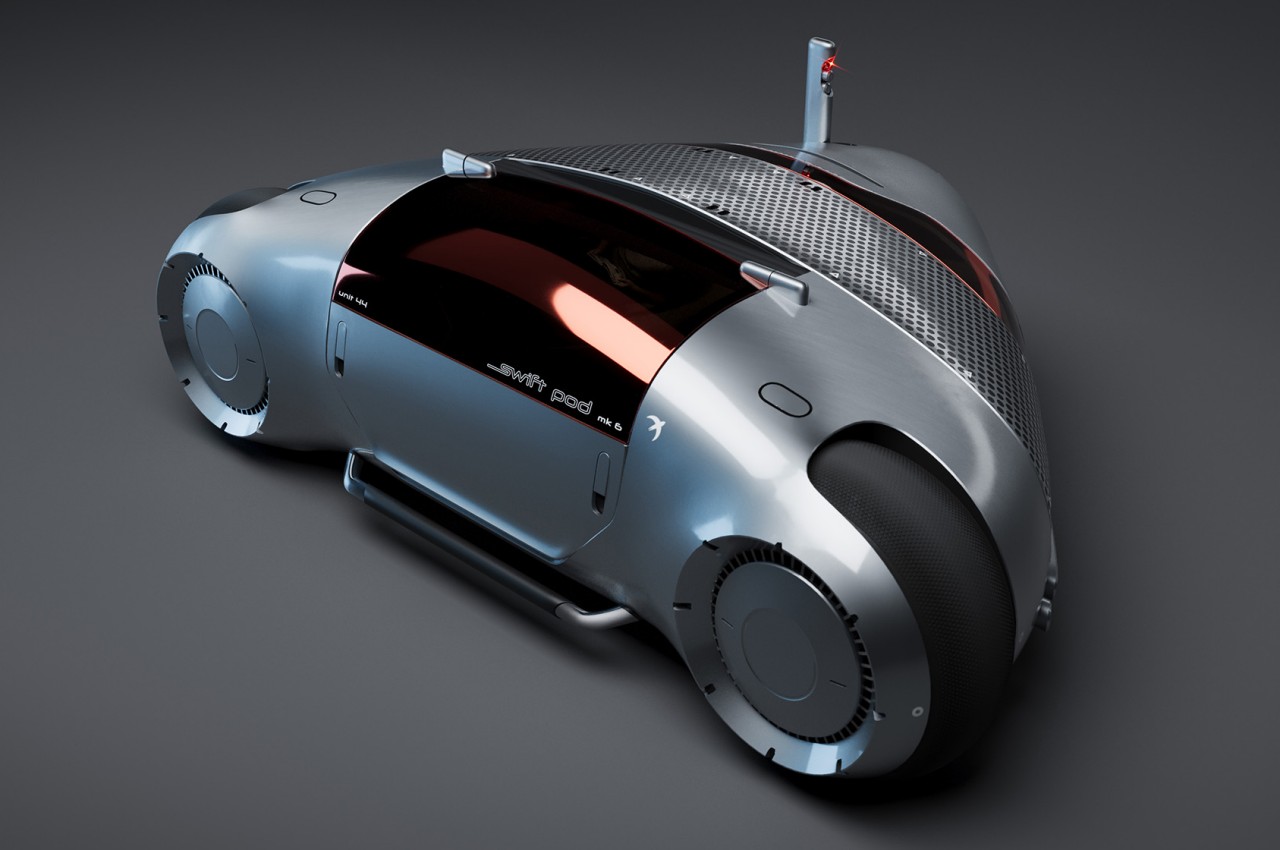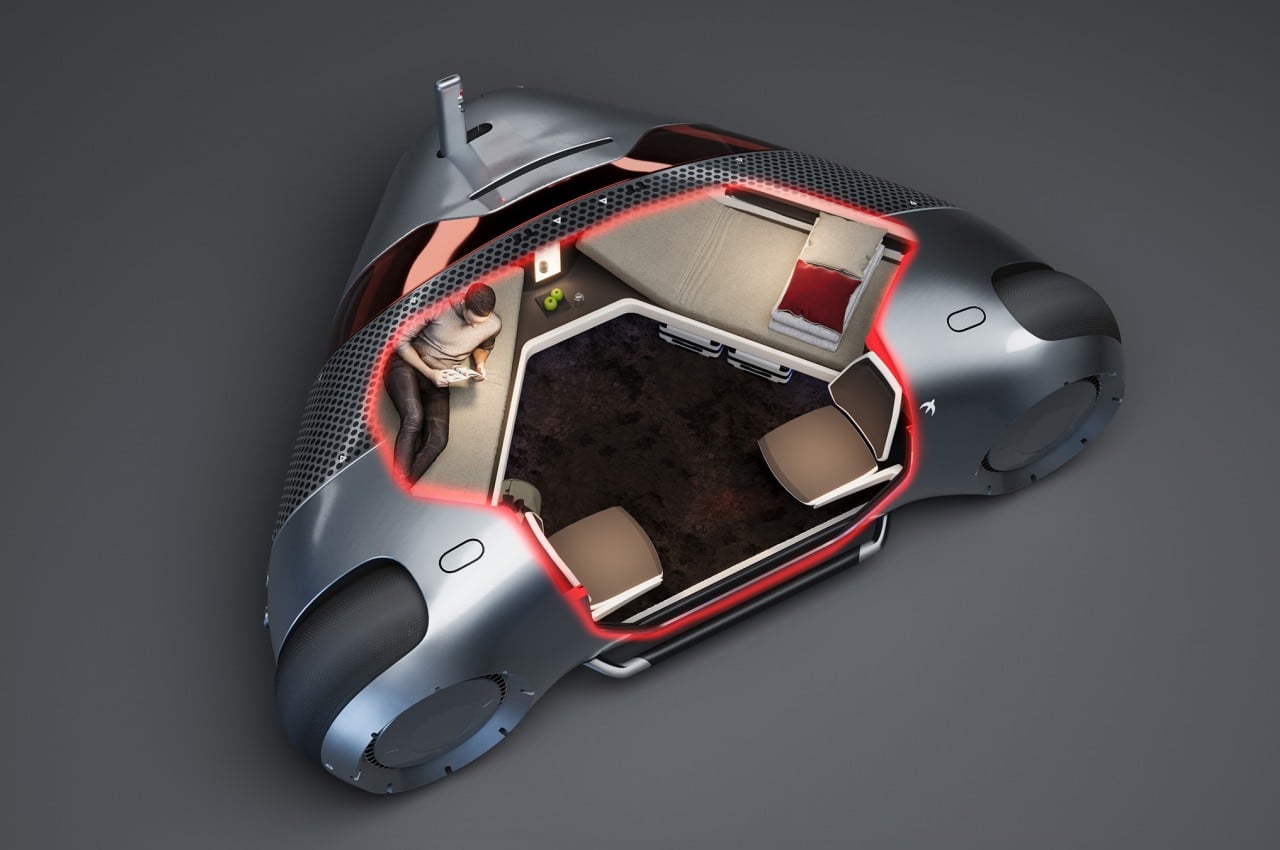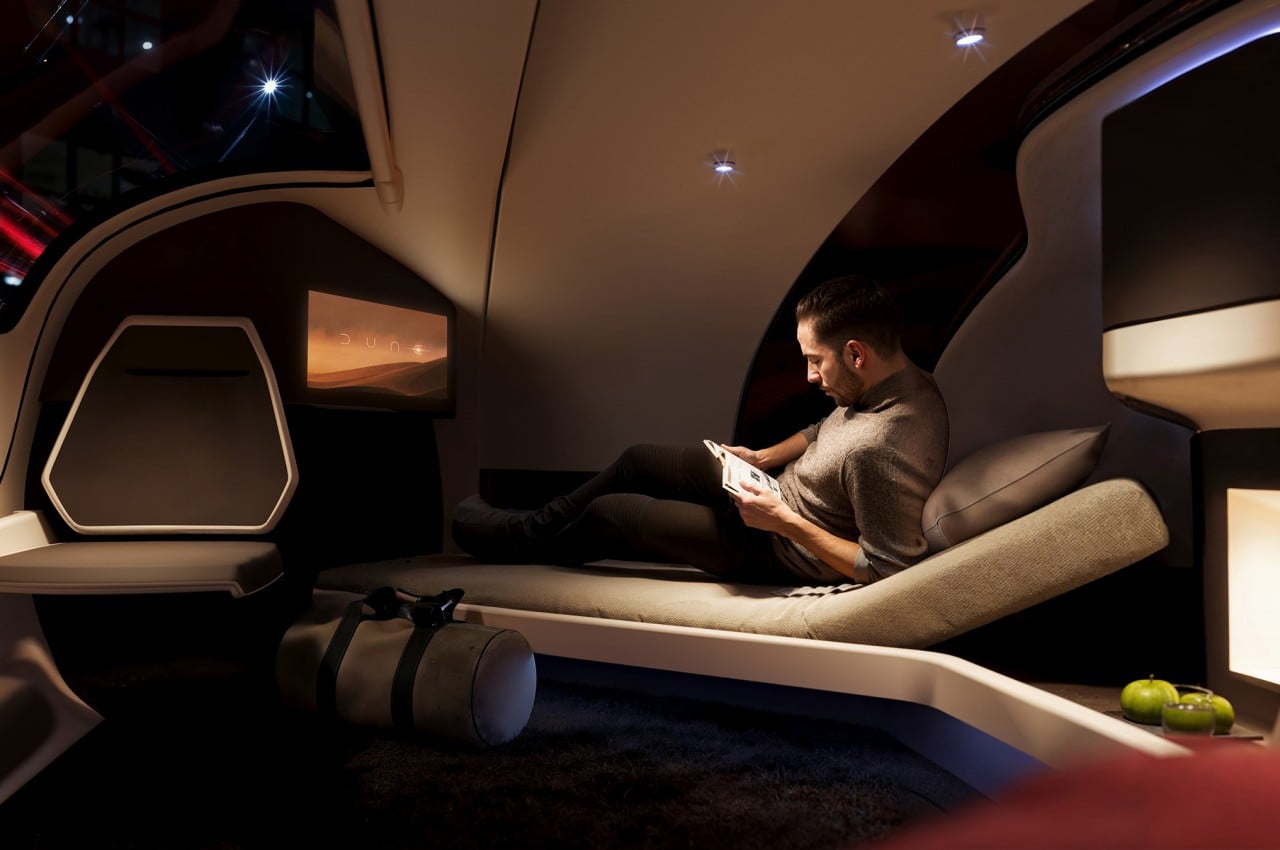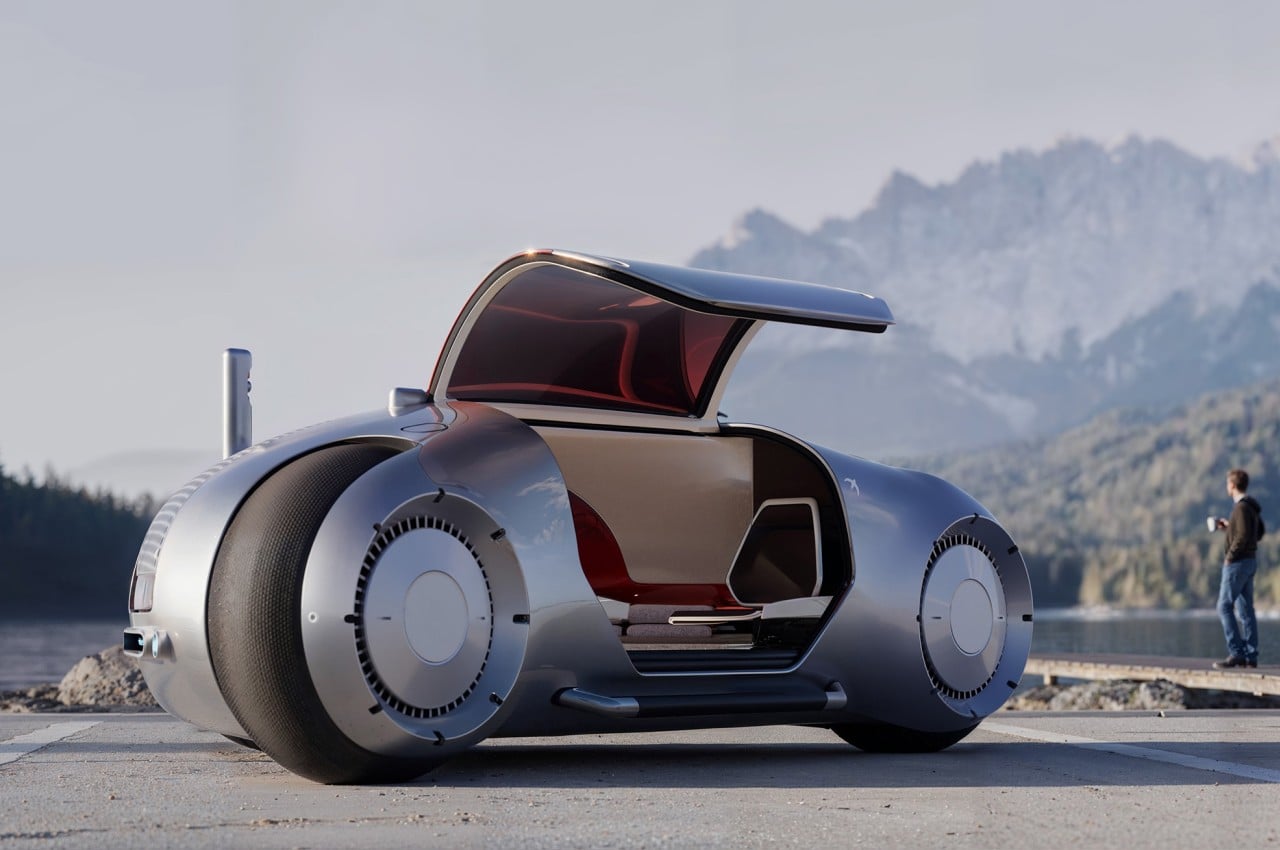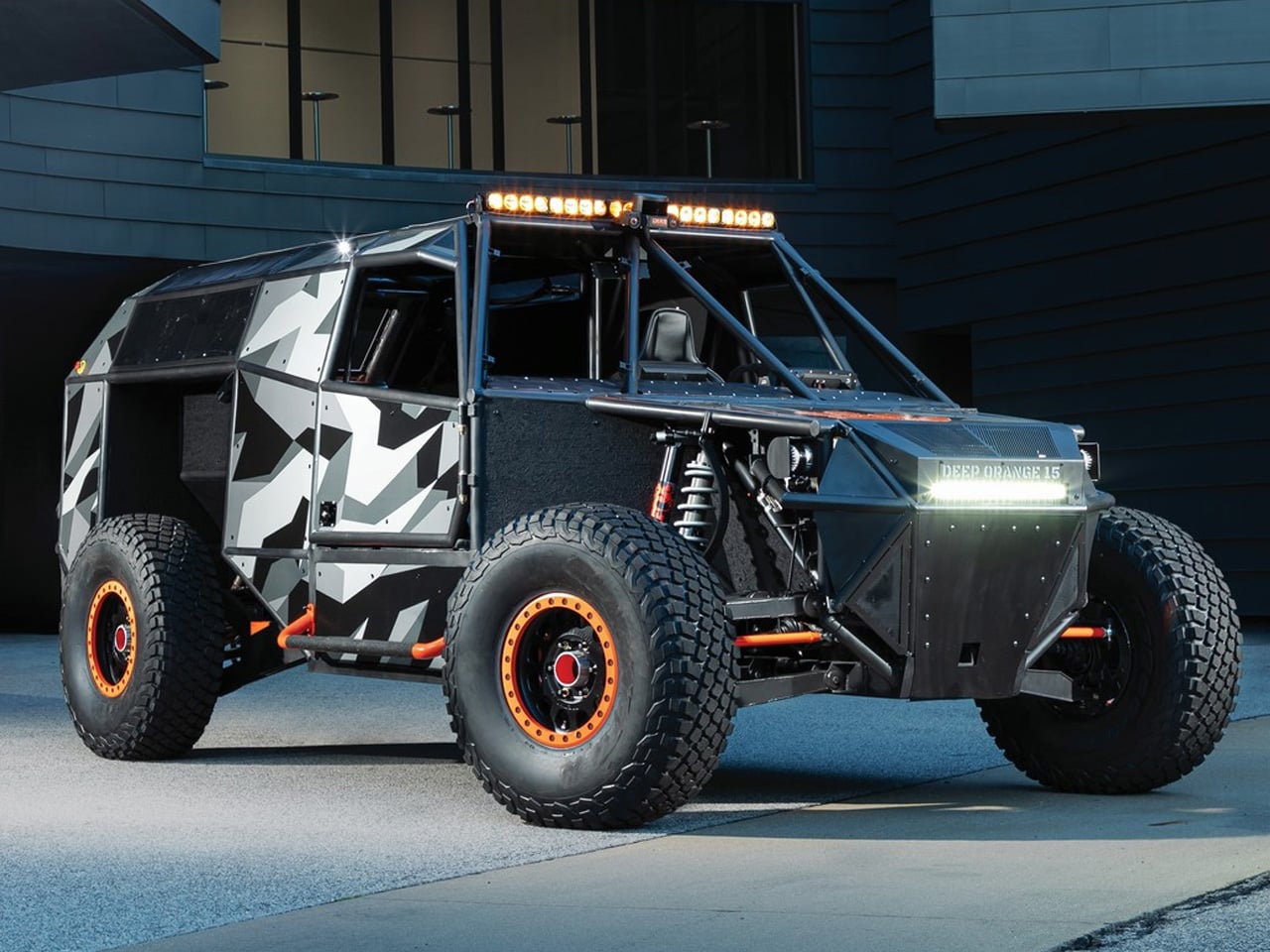
When stuck in a dangerous situation miles away from habitation, search and rescue is the only hope for a stranded person. A lot of effort has been put into developing such vehicles that have to be capable on multiple fronts. All-terrain capabilities and emergency gear are on top of this list. Add semi-autonomous capabilities to the equation and you’ve got a vehicle that lets the driver concentrate on providing first aid when every second counts.
Meet Deep Orange 15, a semi-autonomous search and rescue vehicle developed by Clemson University’s Department of Automotive Engineering students. The all-terrain vehicle promises enhanced safety in the most precarious scenarios. Its capabilities don’t stop on semi-autonomous features, as the vehicle can drive back to the designated emergency center with two injured people on board while the driver can help in the rescue efforts in a natural disaster-struck location.
Designer: Clemson University Department of Automotive Engineering
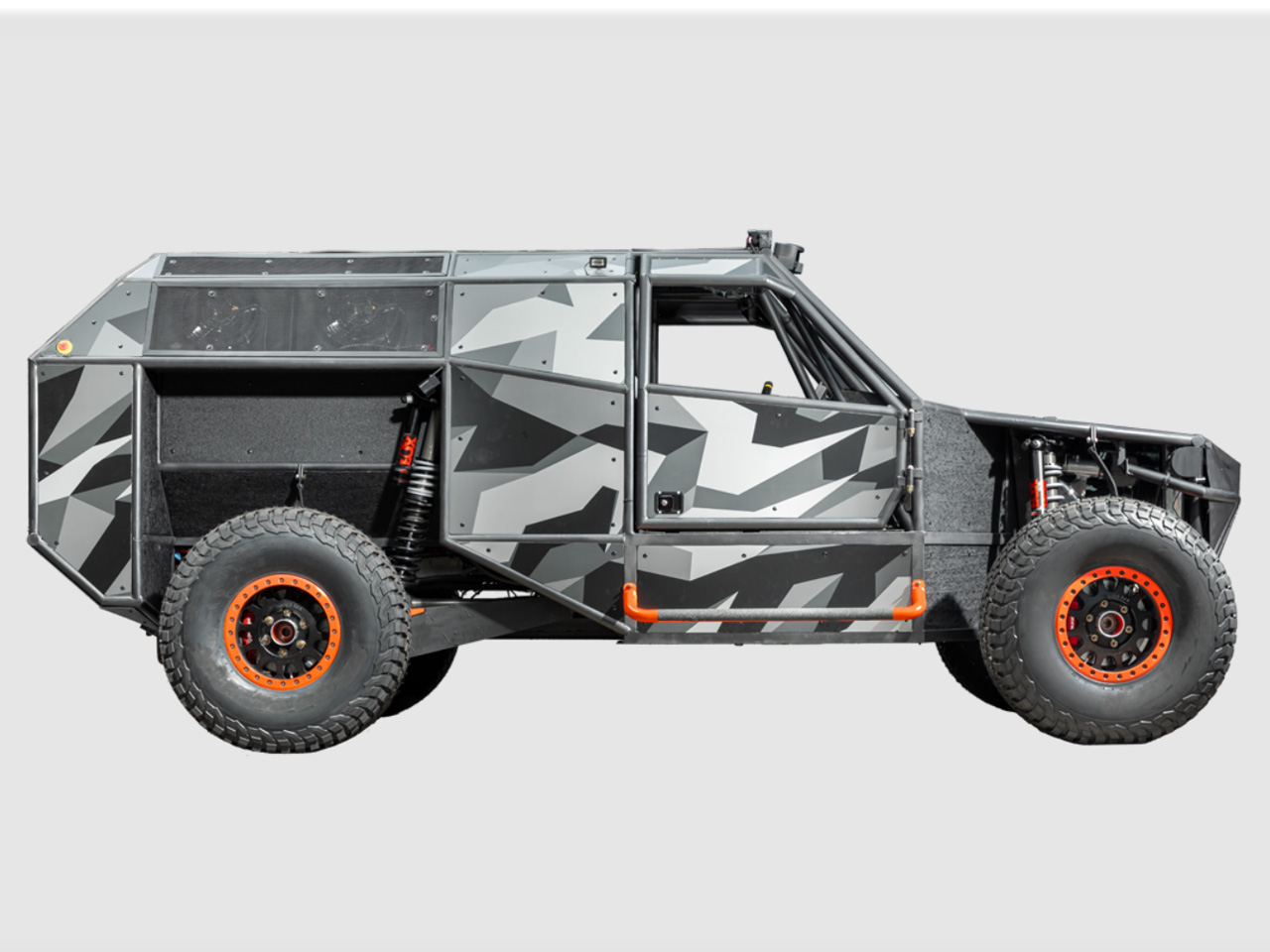
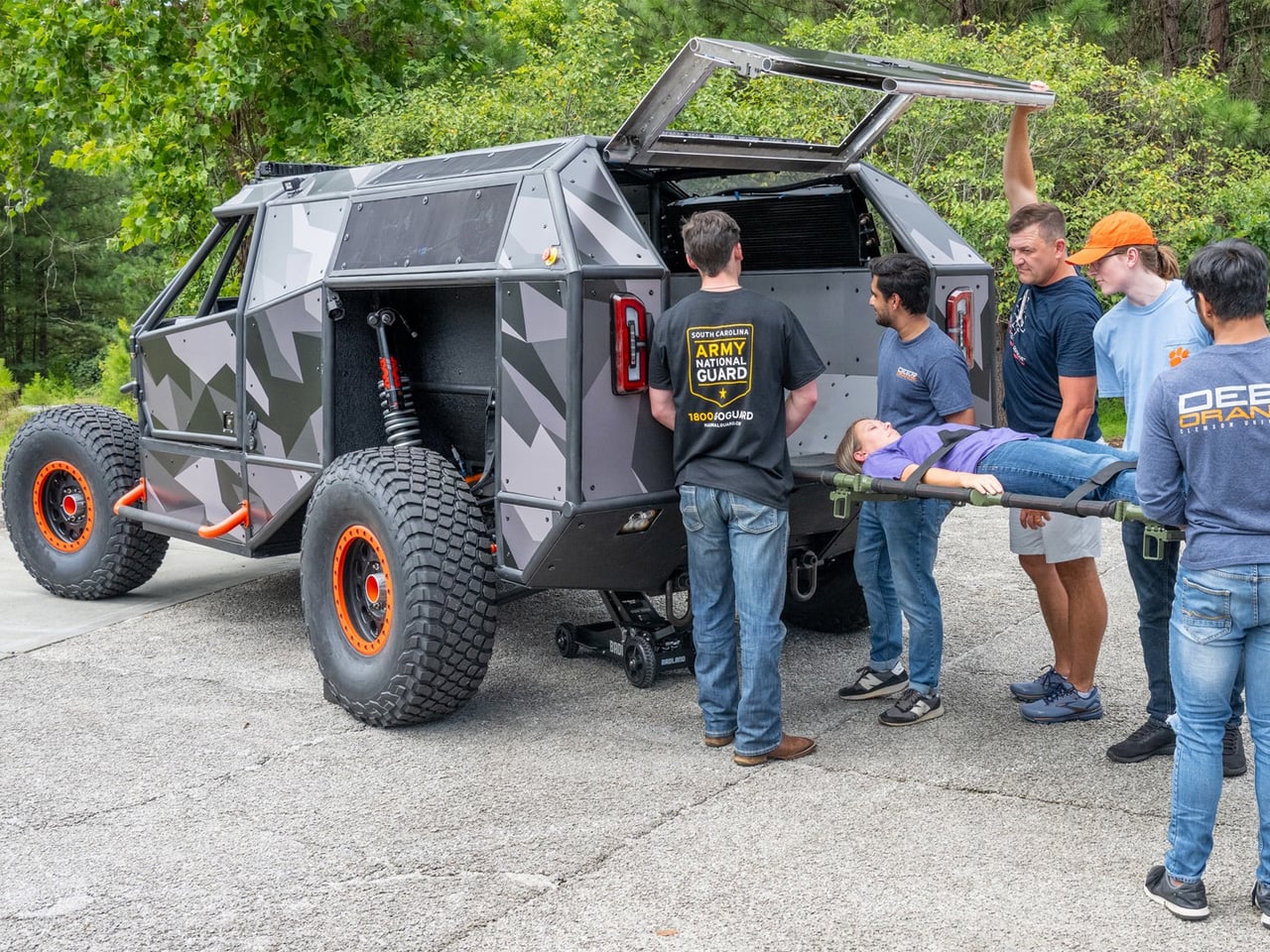
The robust rescue vehicle designed for the US Army’s Combat Capabilities Development Command (DEVCOM) comes with an advanced LiDAR and camera setup to map the terrain to create a safe route to help the rescue workers. Deep Orange 15 has a hybrid-powered drivetrain with a diesel engine mounted on the chassis and four electric motors on the wheels. The diesel engine simultaneously runs the generator to feed the large battery pack. To traverse any terrain, the four-wheeler has an active suspension system.
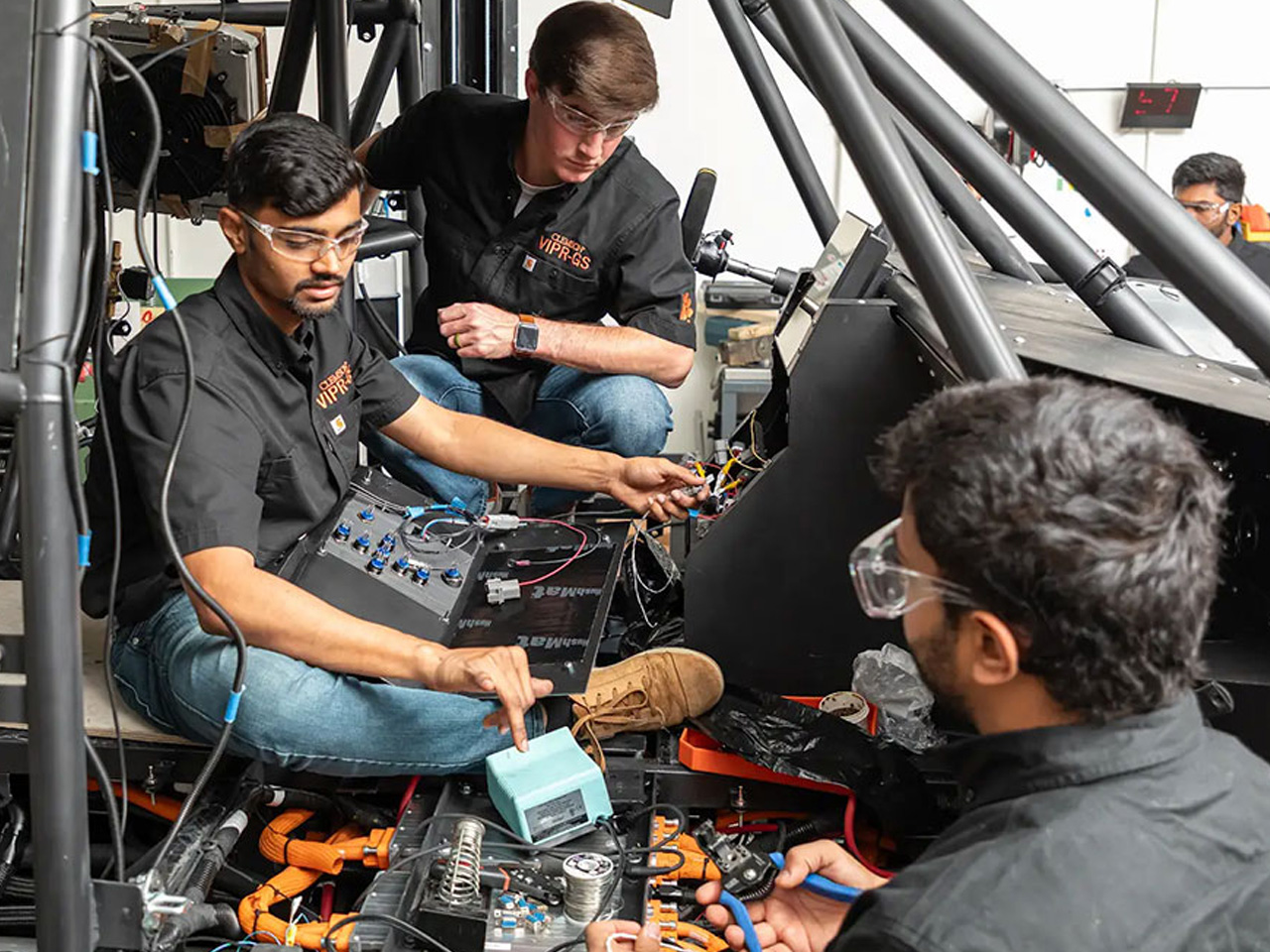
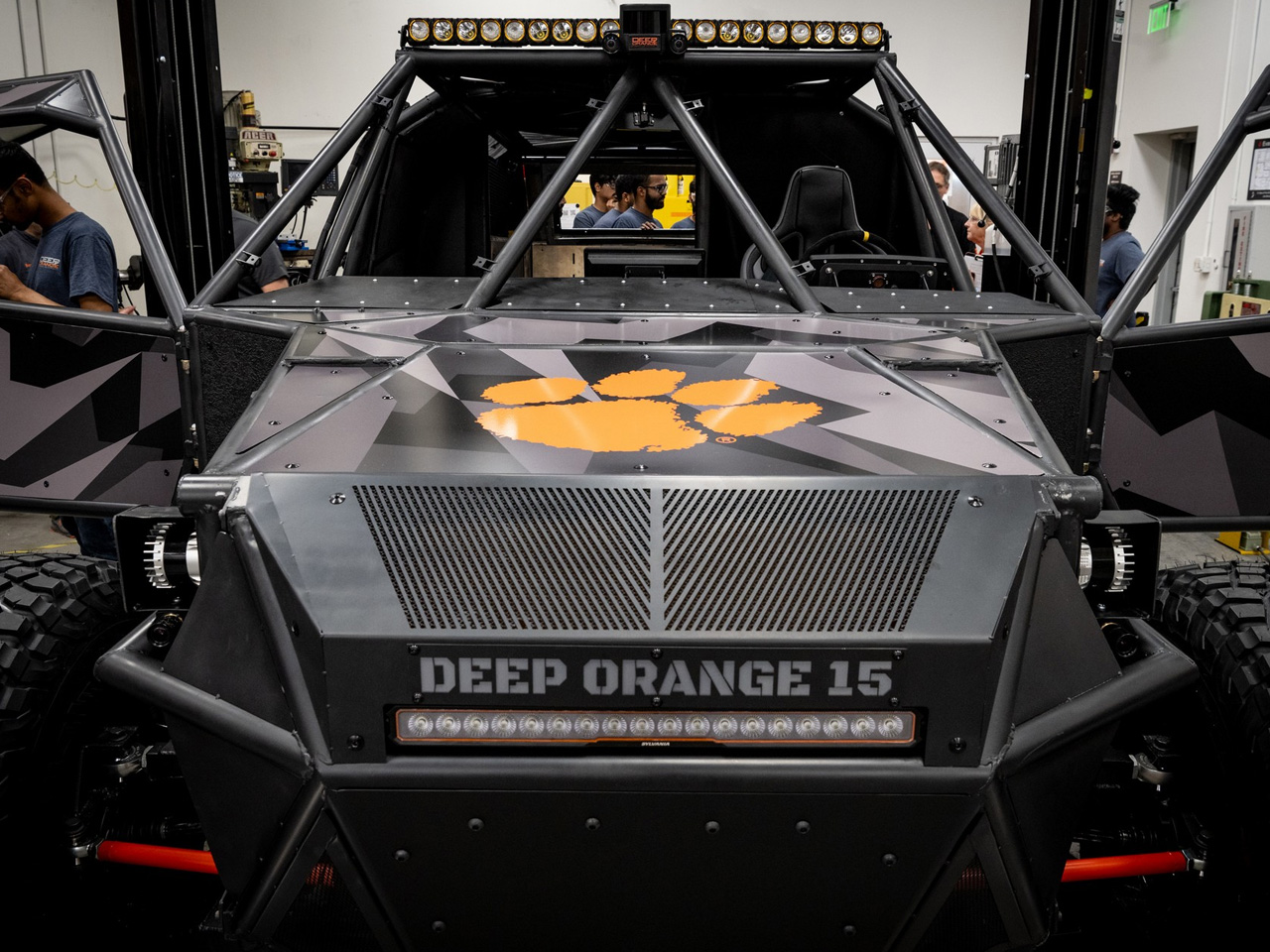
Safety during travel on not-so-smooth terrain creates a challenge for the transport of injured, hence, the vehicle comes with an advanced litter-loading mechanism. The rotating passenger seat further facilitates the safe transit of severely injured people. This project is a combined effort of the two organizations along with big brand names like Brembo, Fox Racing and North American Rescue. To improve the vehicle’s dynamics and function, modeling and simulation runs have also been performed for its use in military operations. In fact, the students working on the project have done an exceptional job, designing the vehicle in just 18 months keeping in mind the requirements of the elite forces of the US Army.
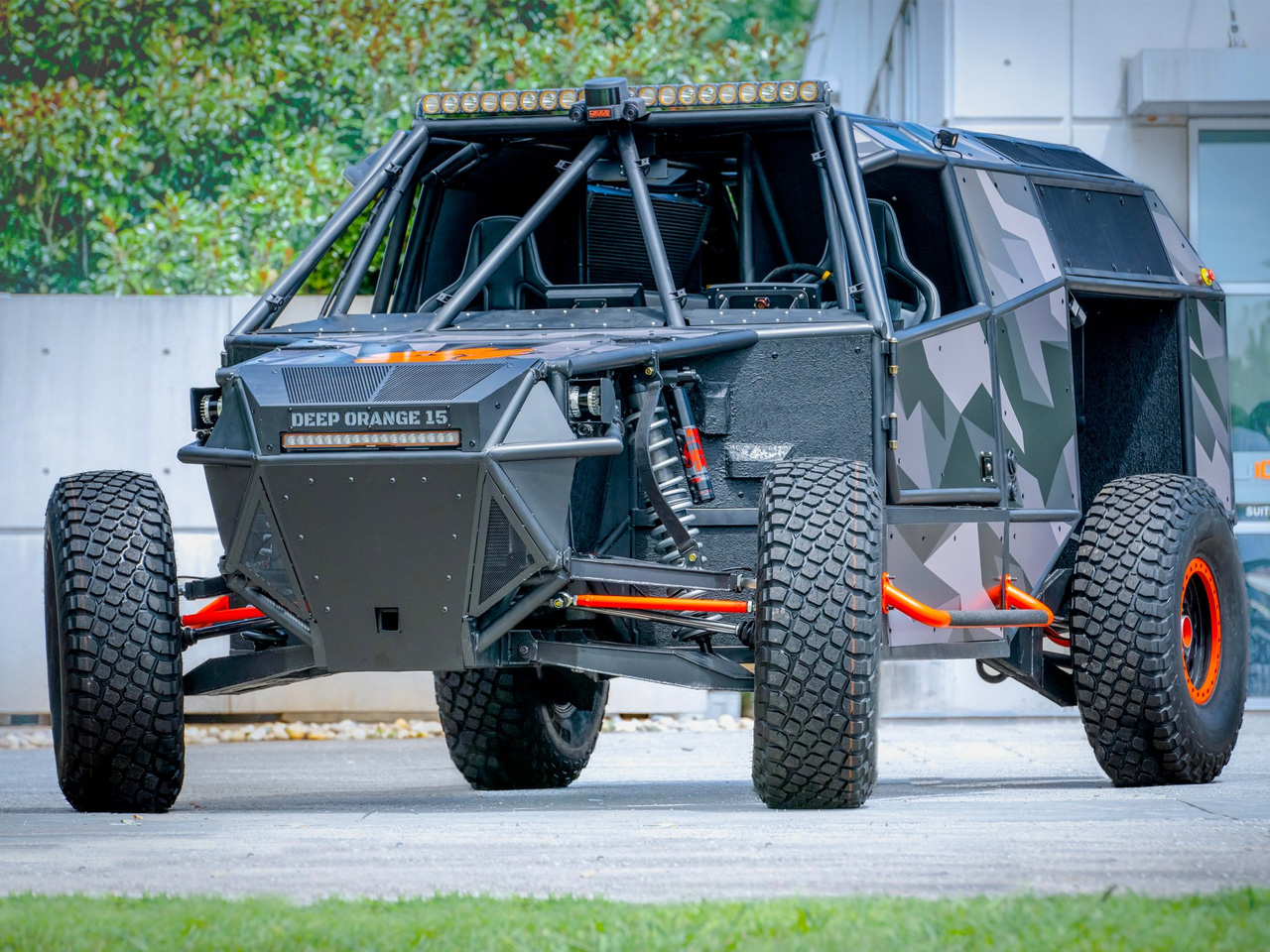
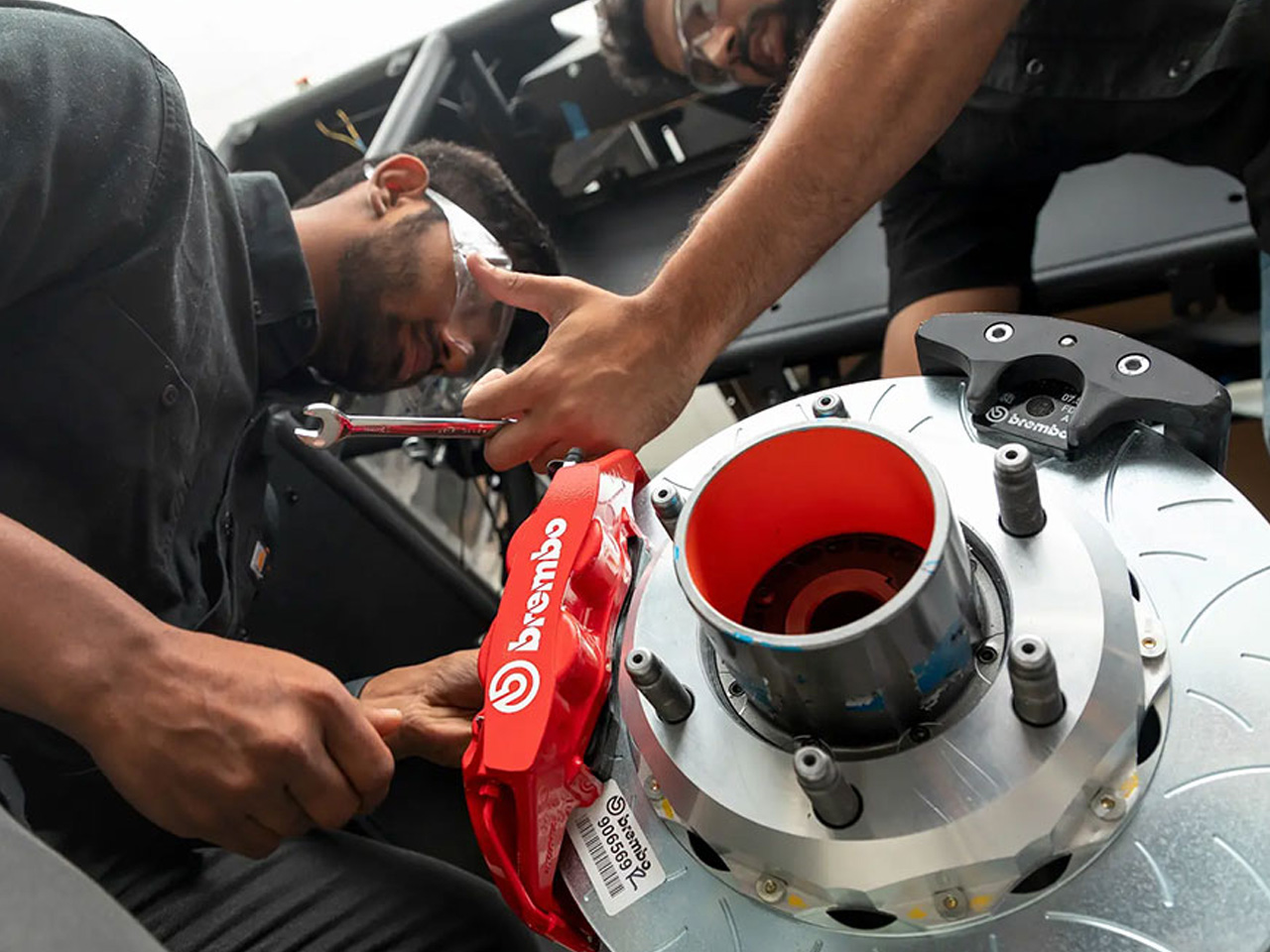
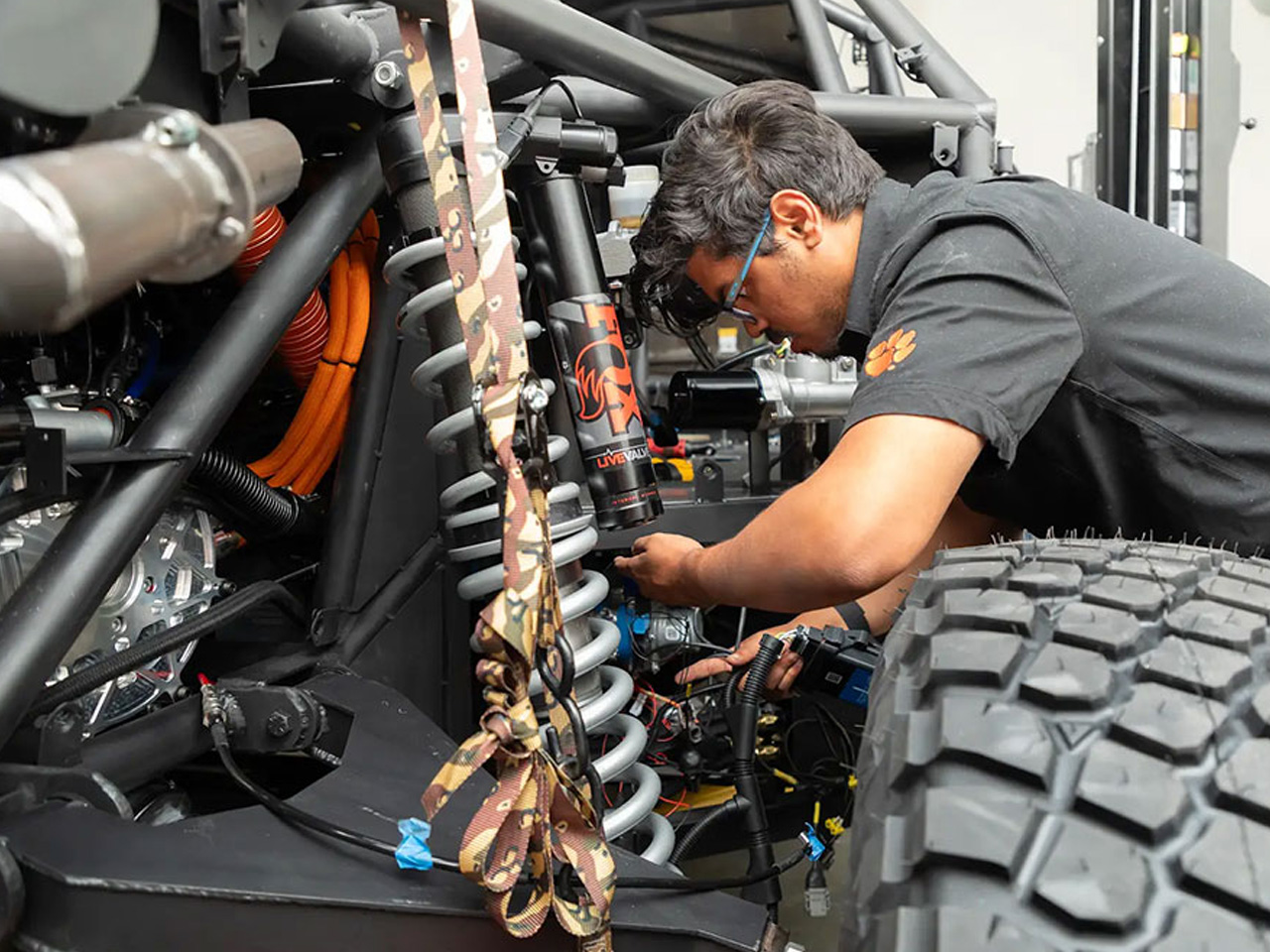
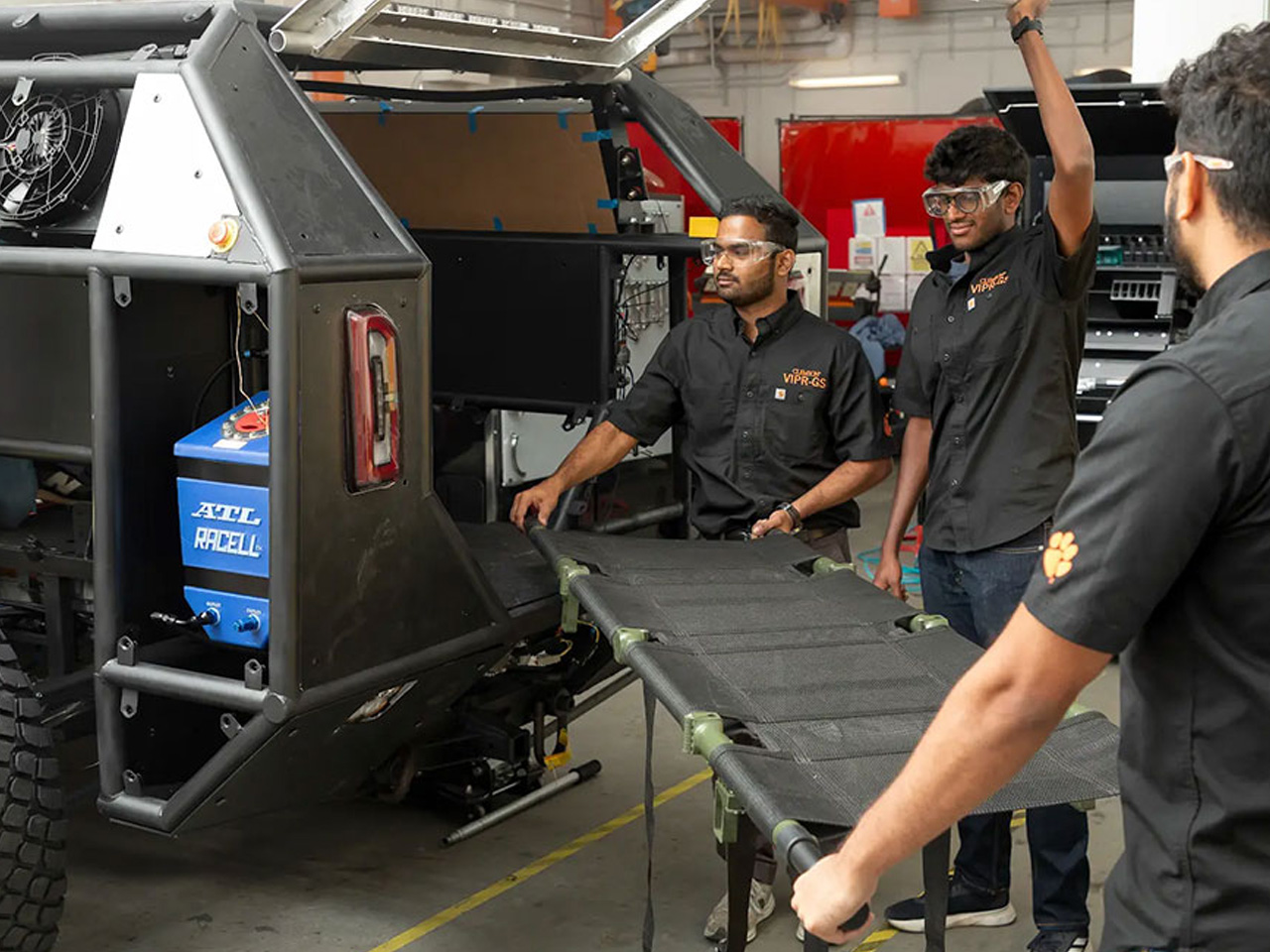
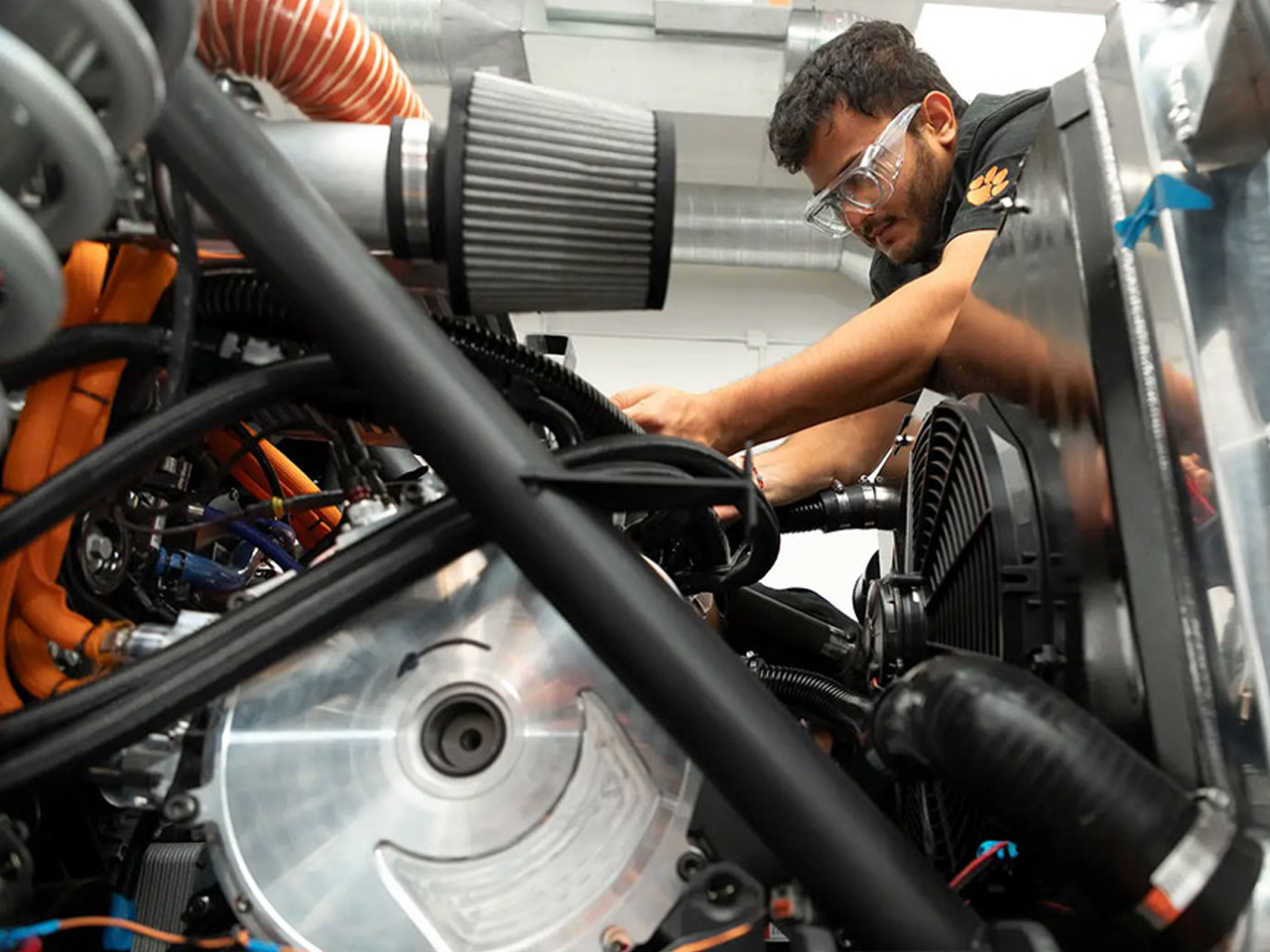
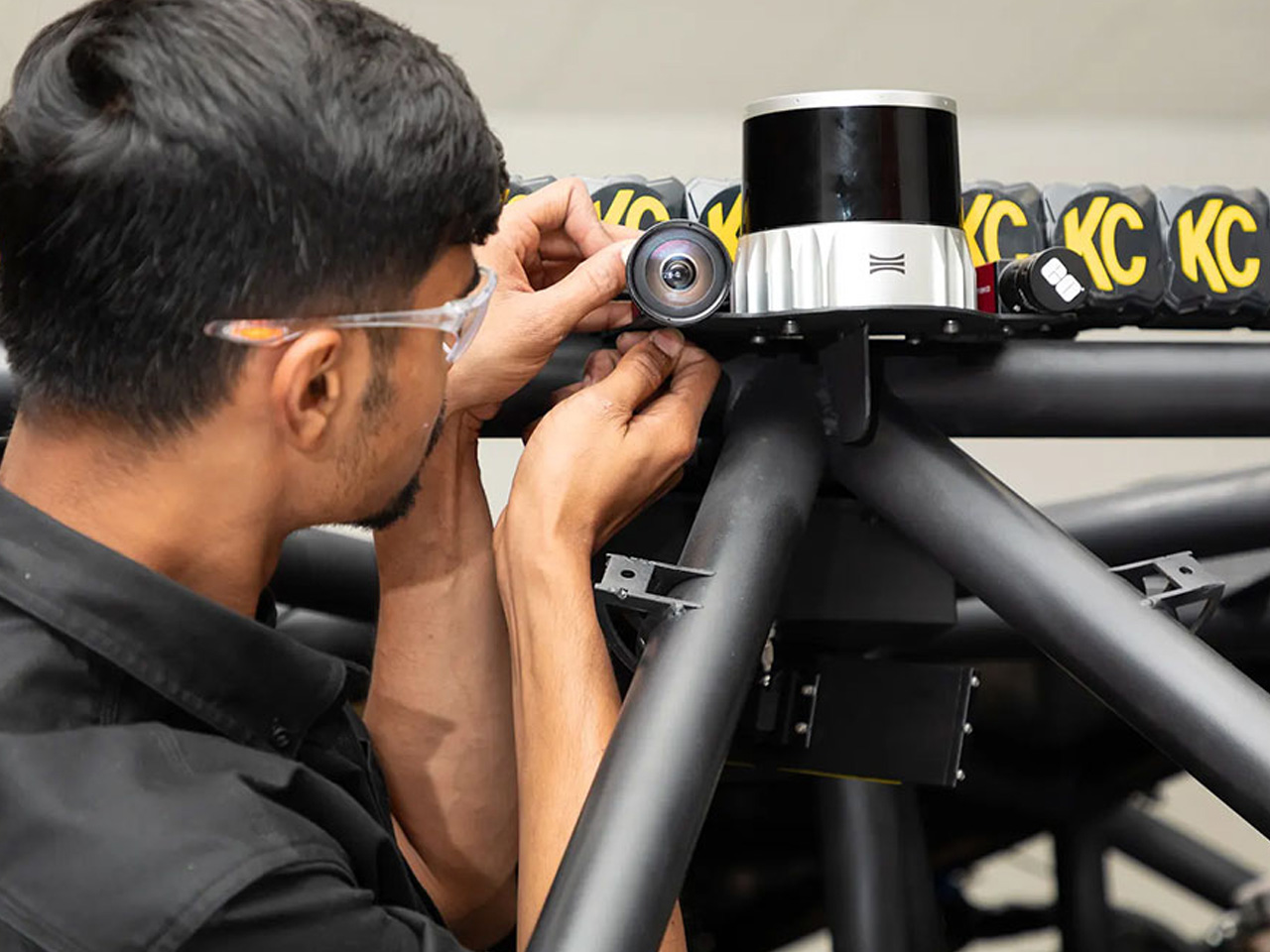
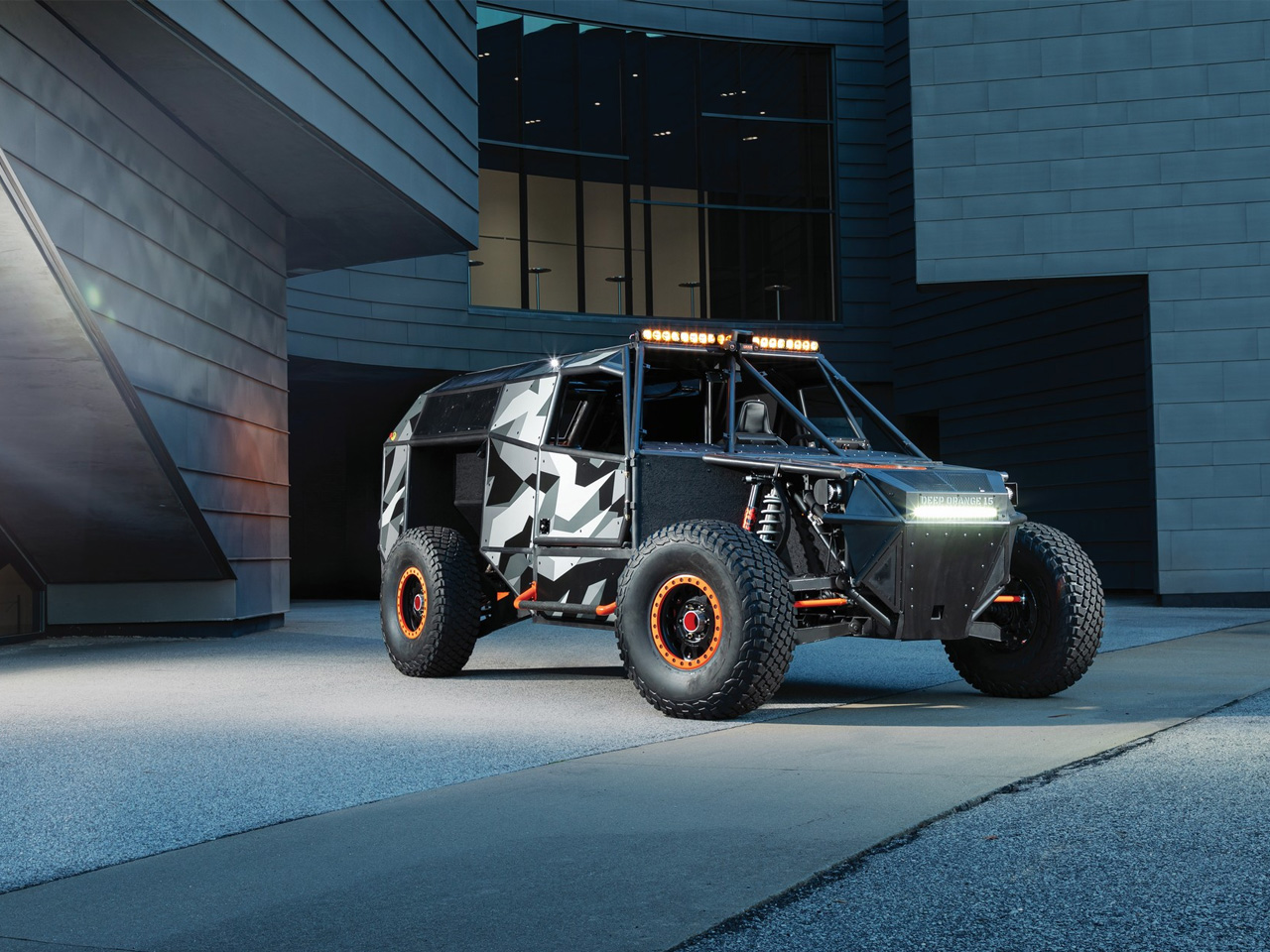
The post This Spectacular Semi-Autonomous Off-Road Rescue Vehicle was designed for the US Army first appeared on Yanko Design.
